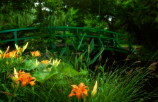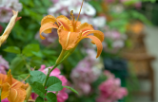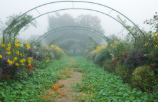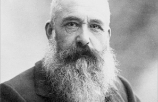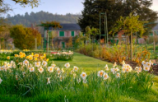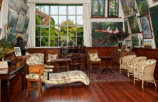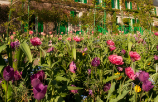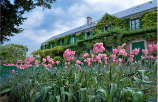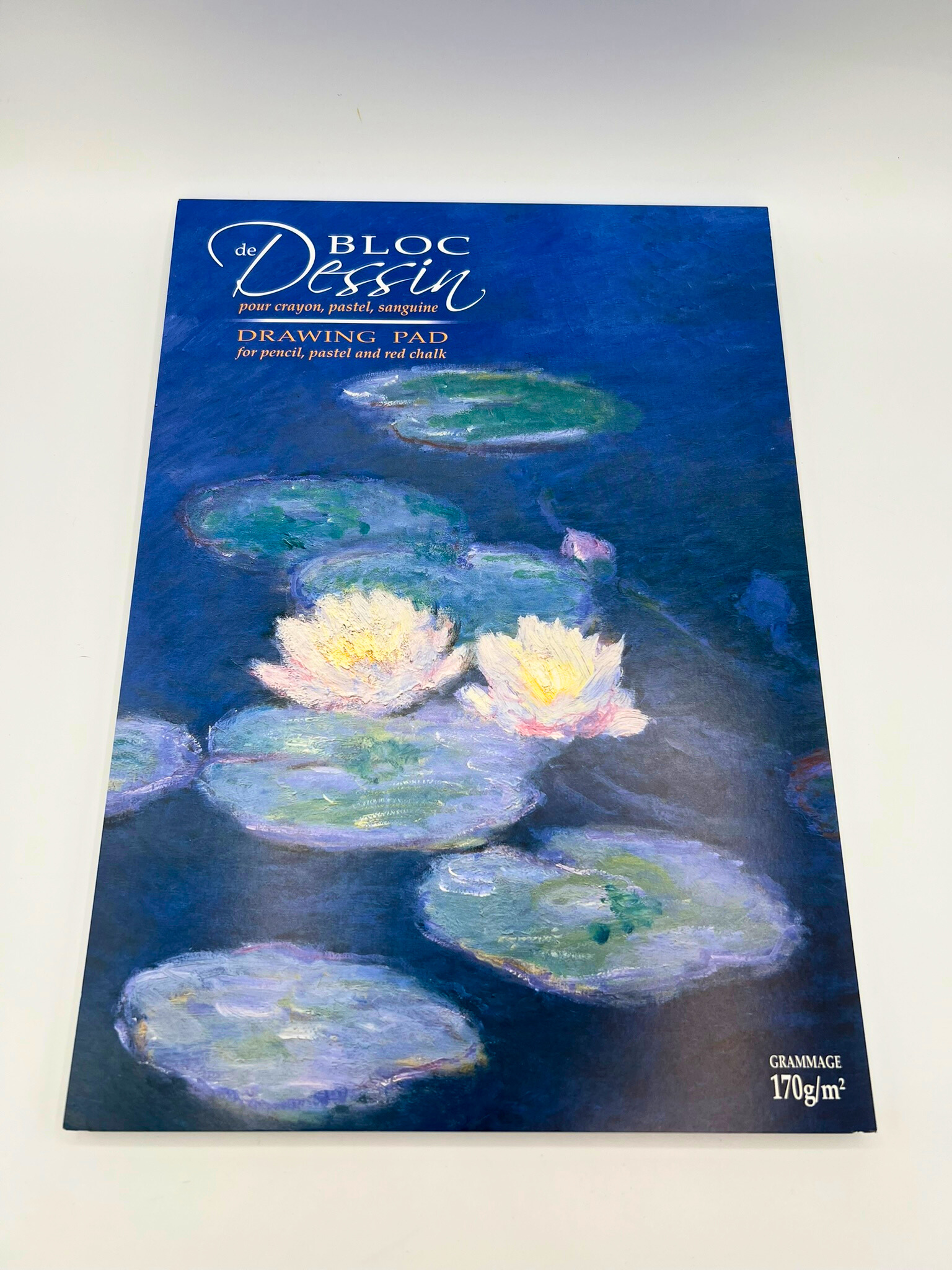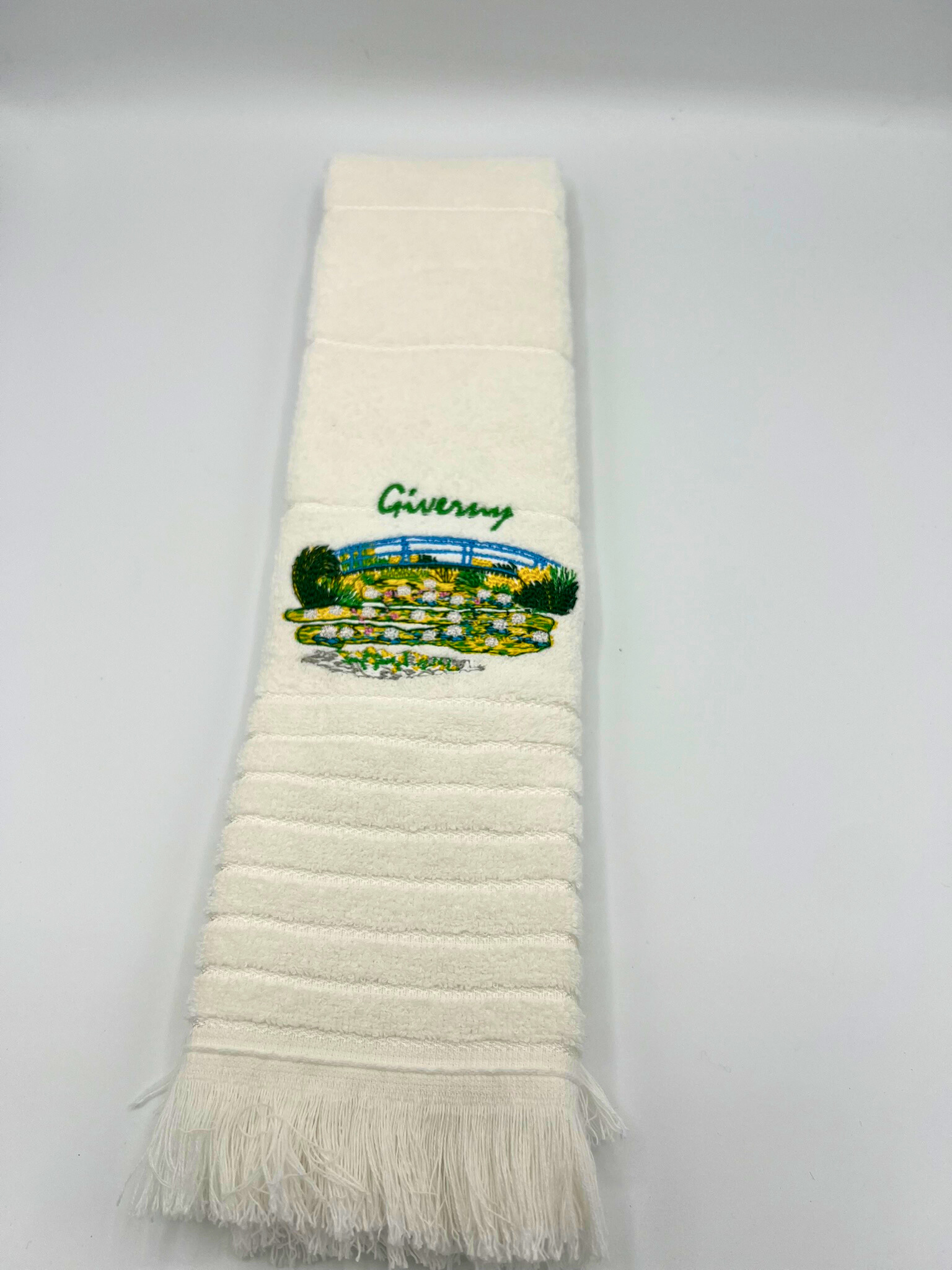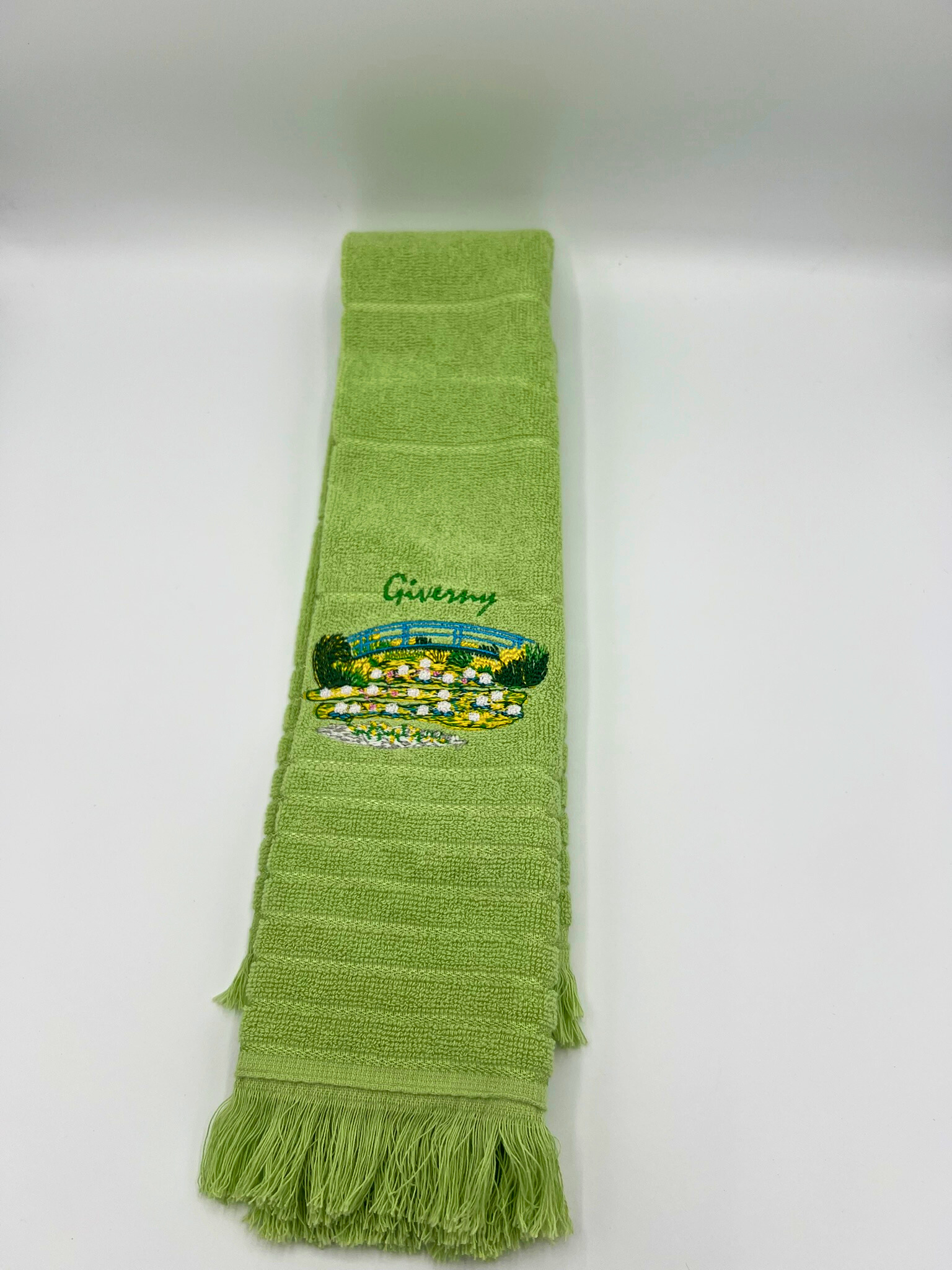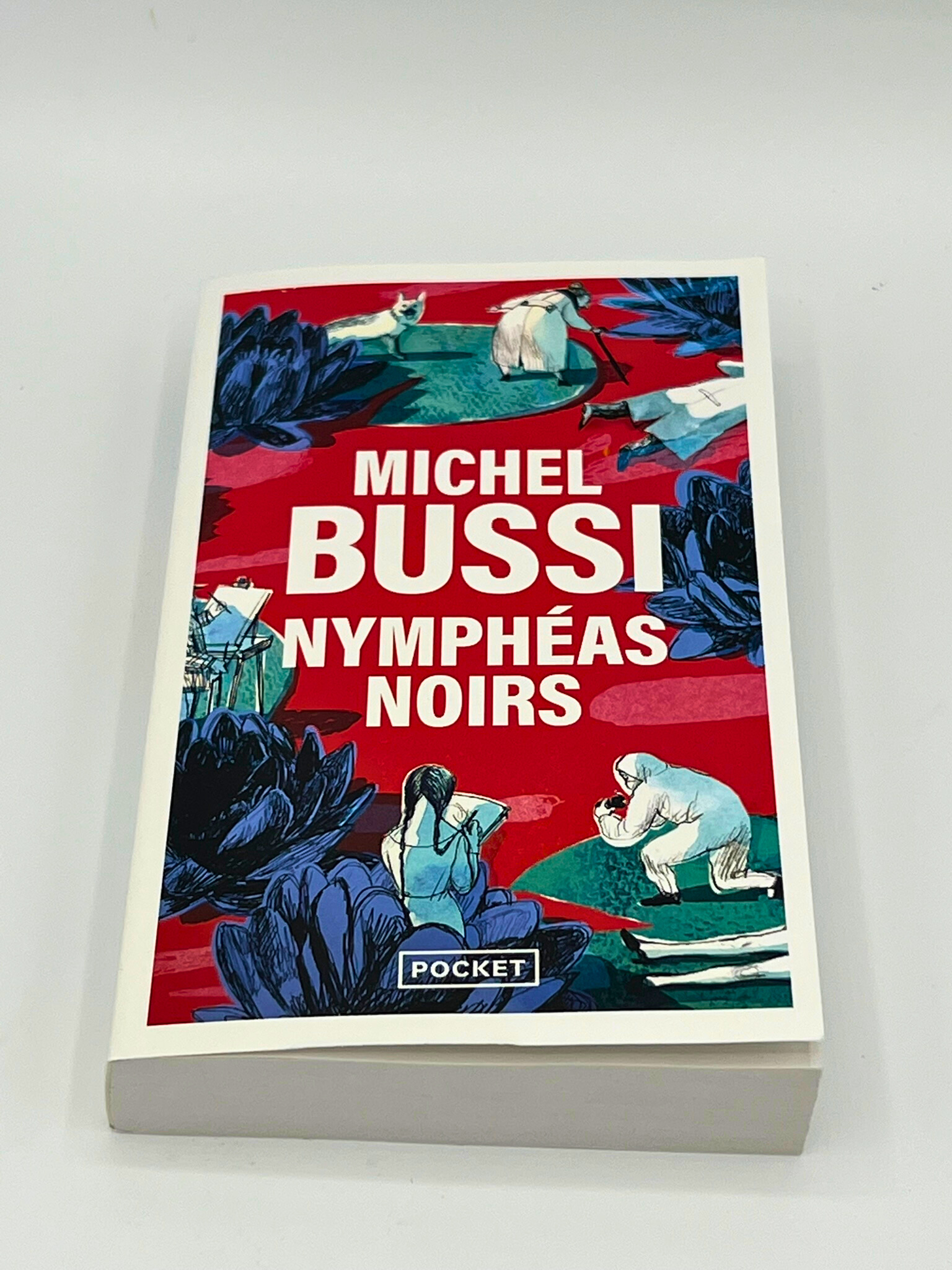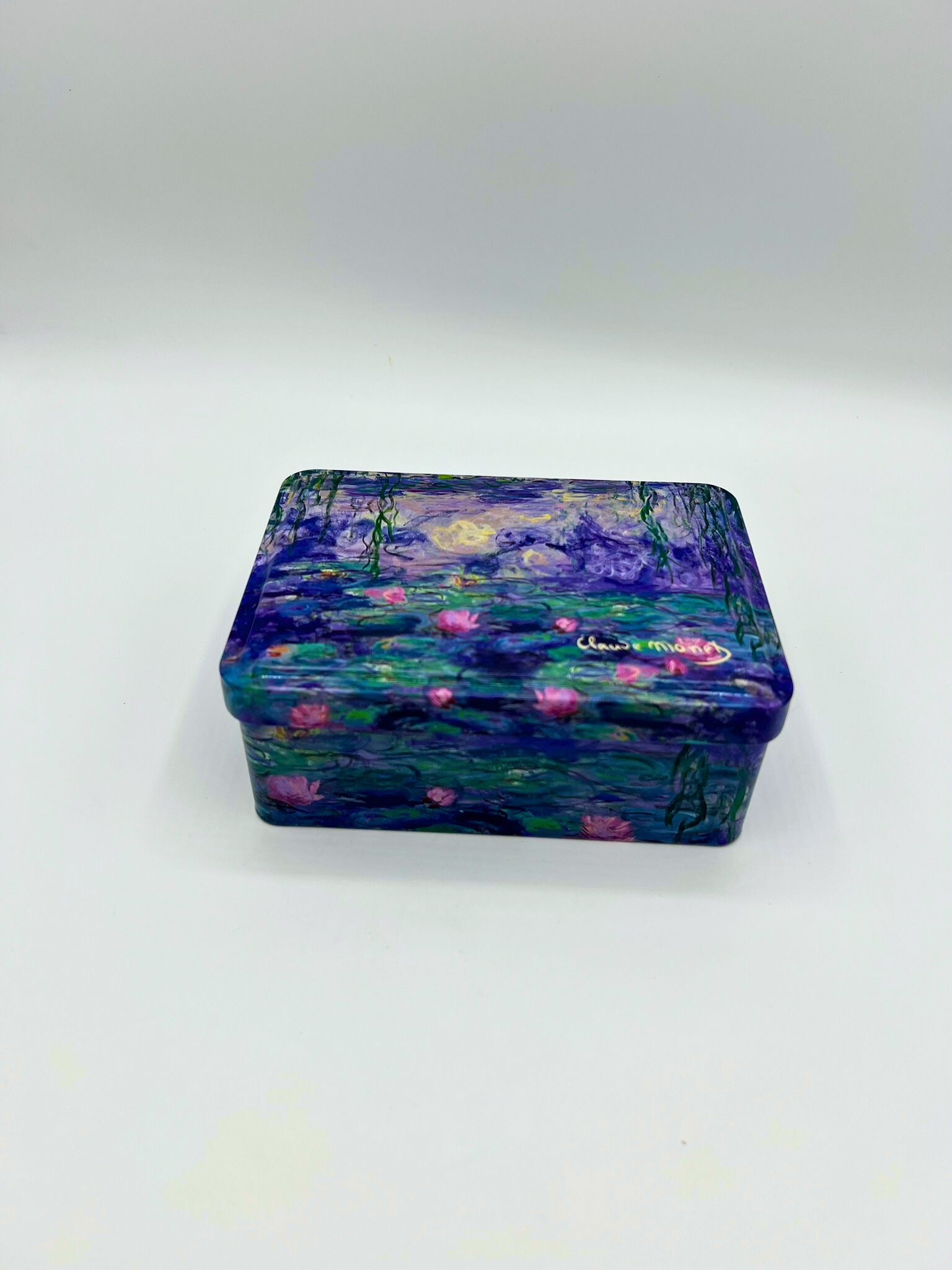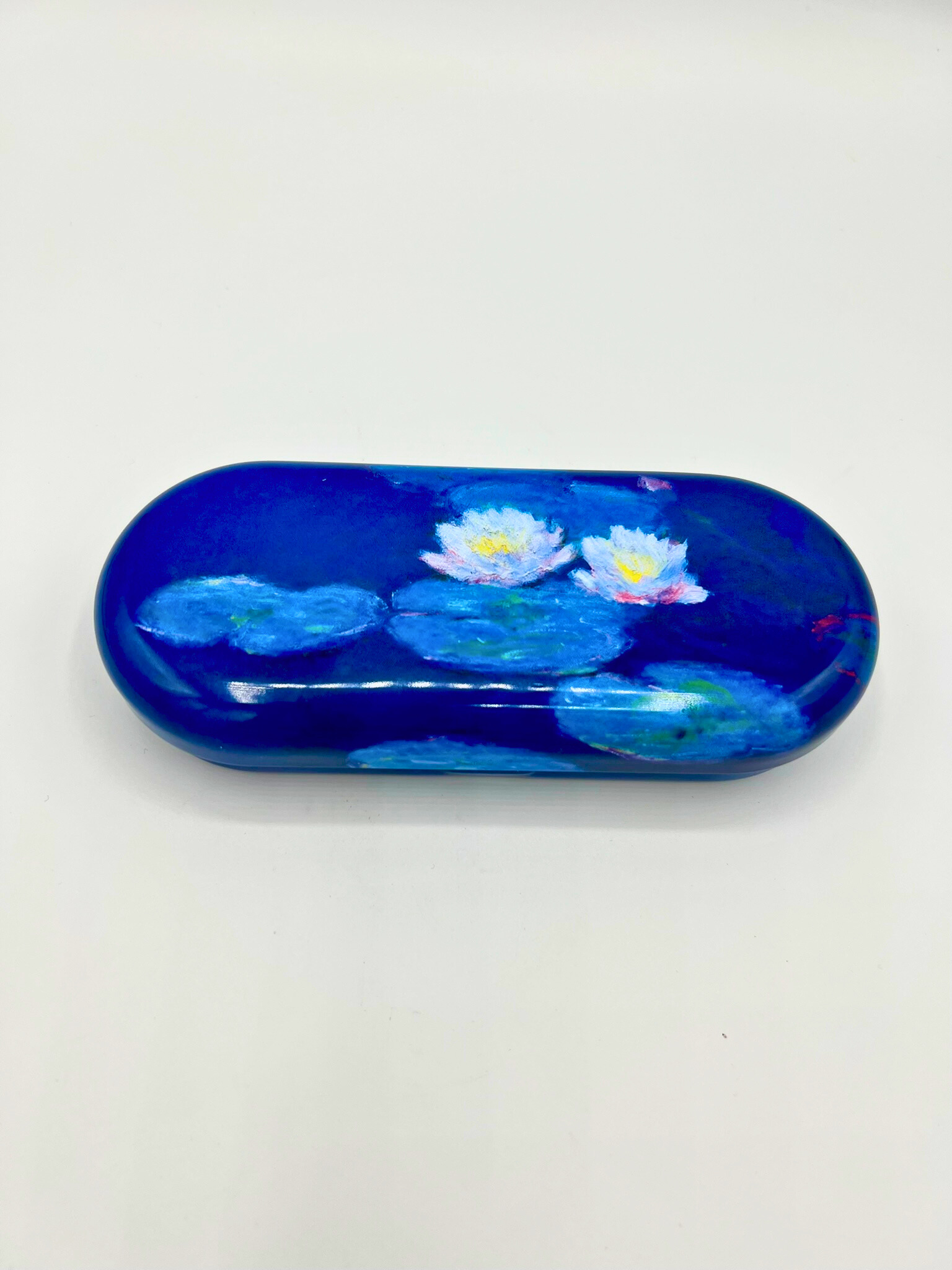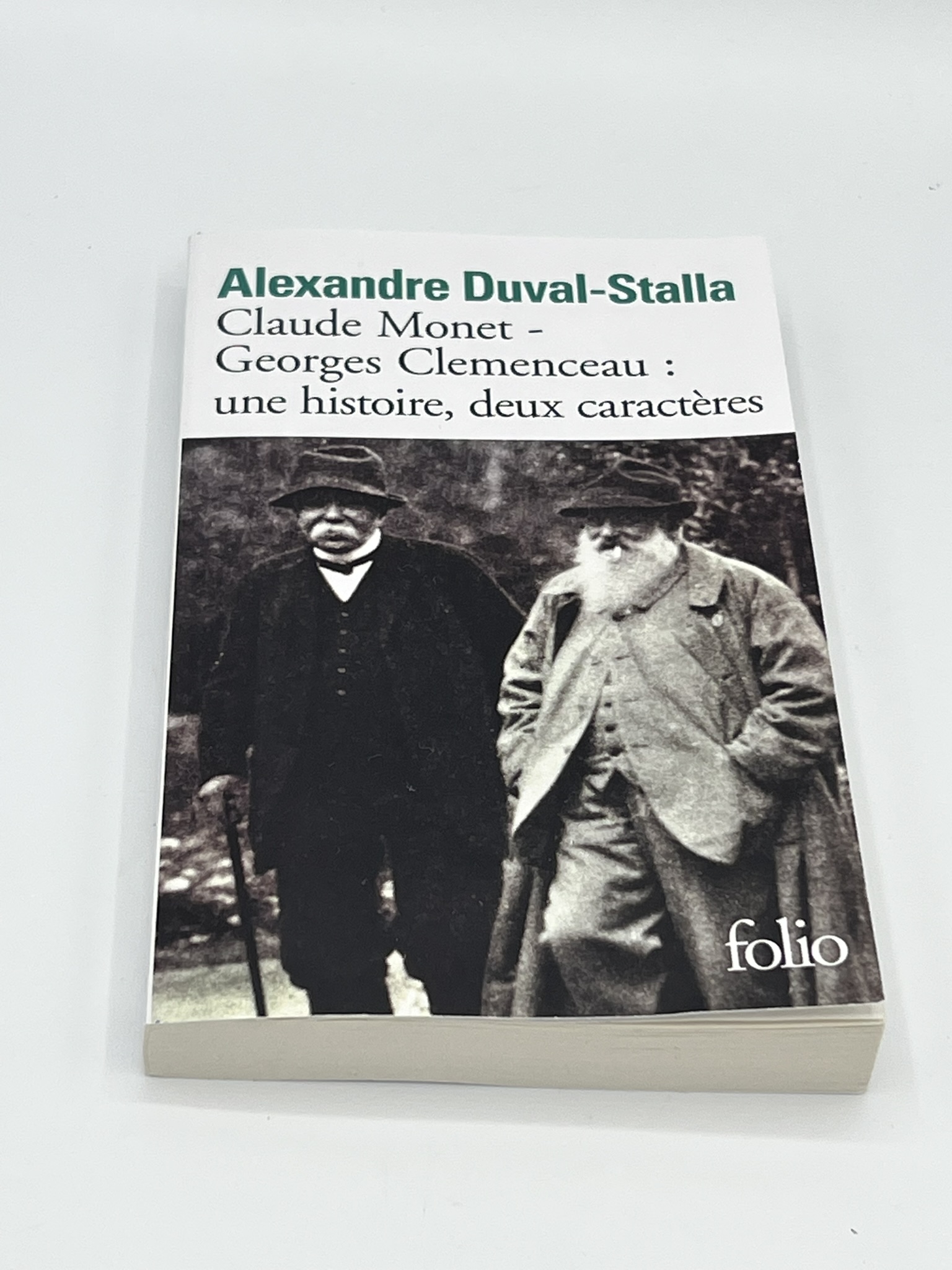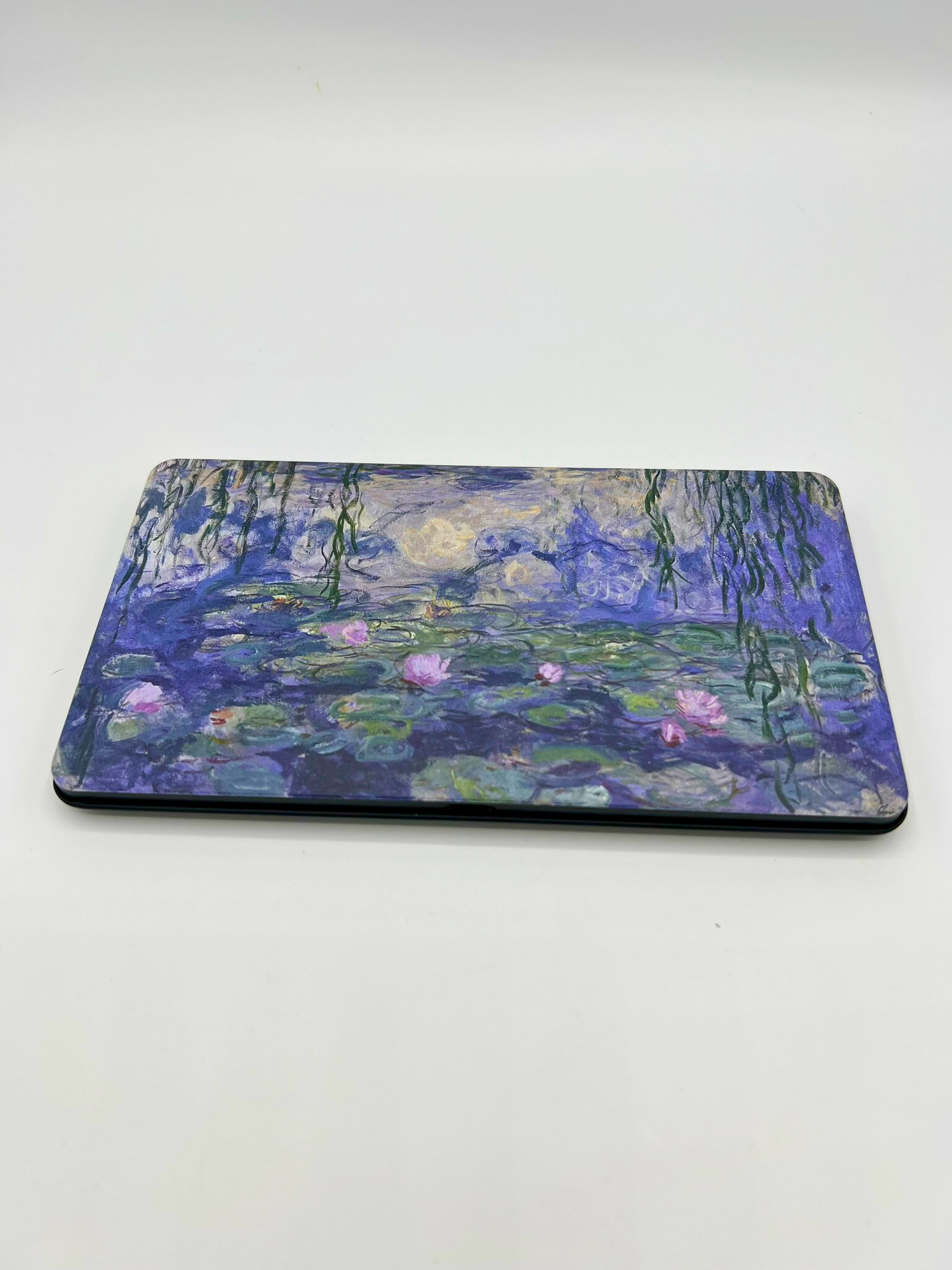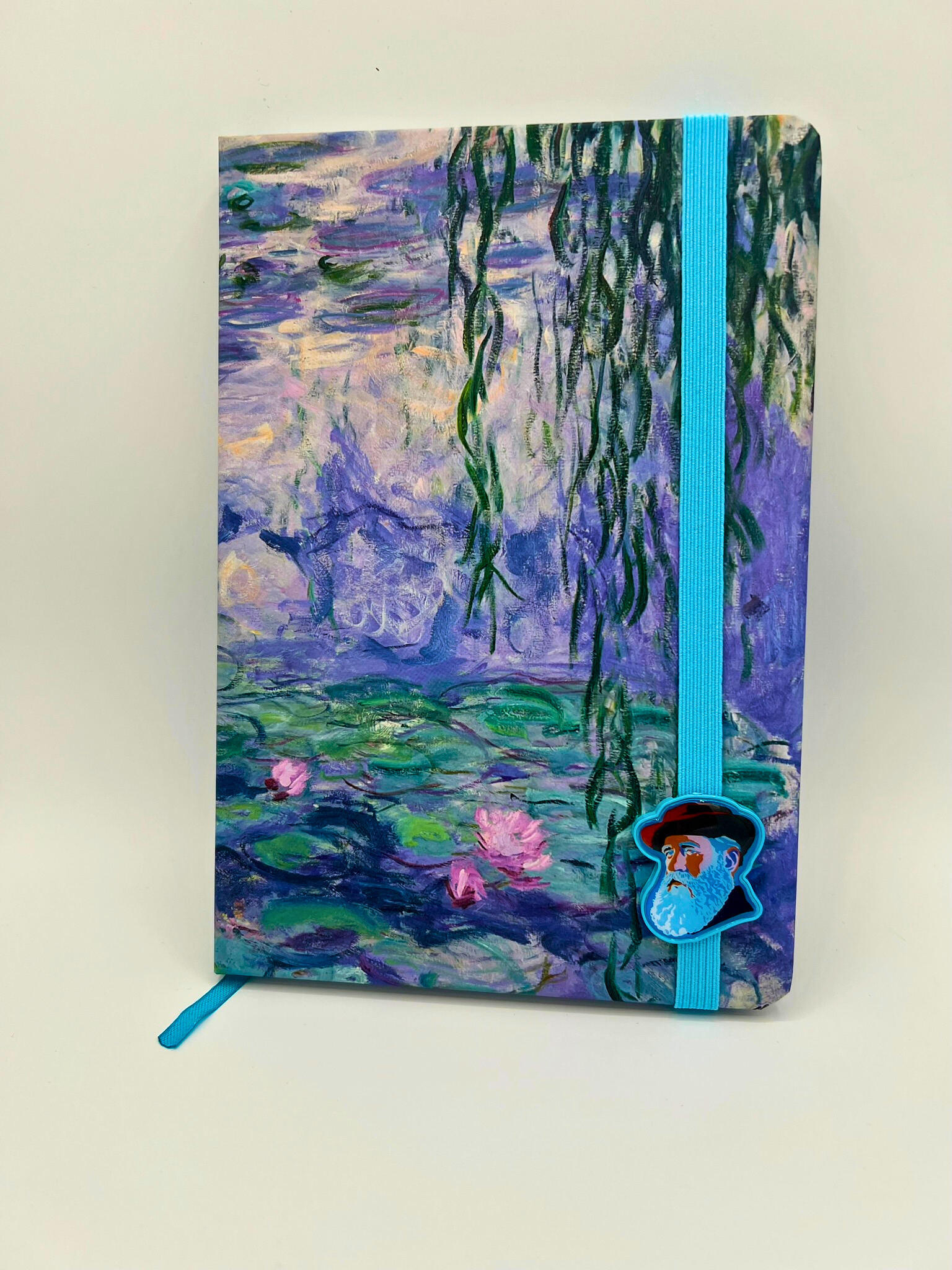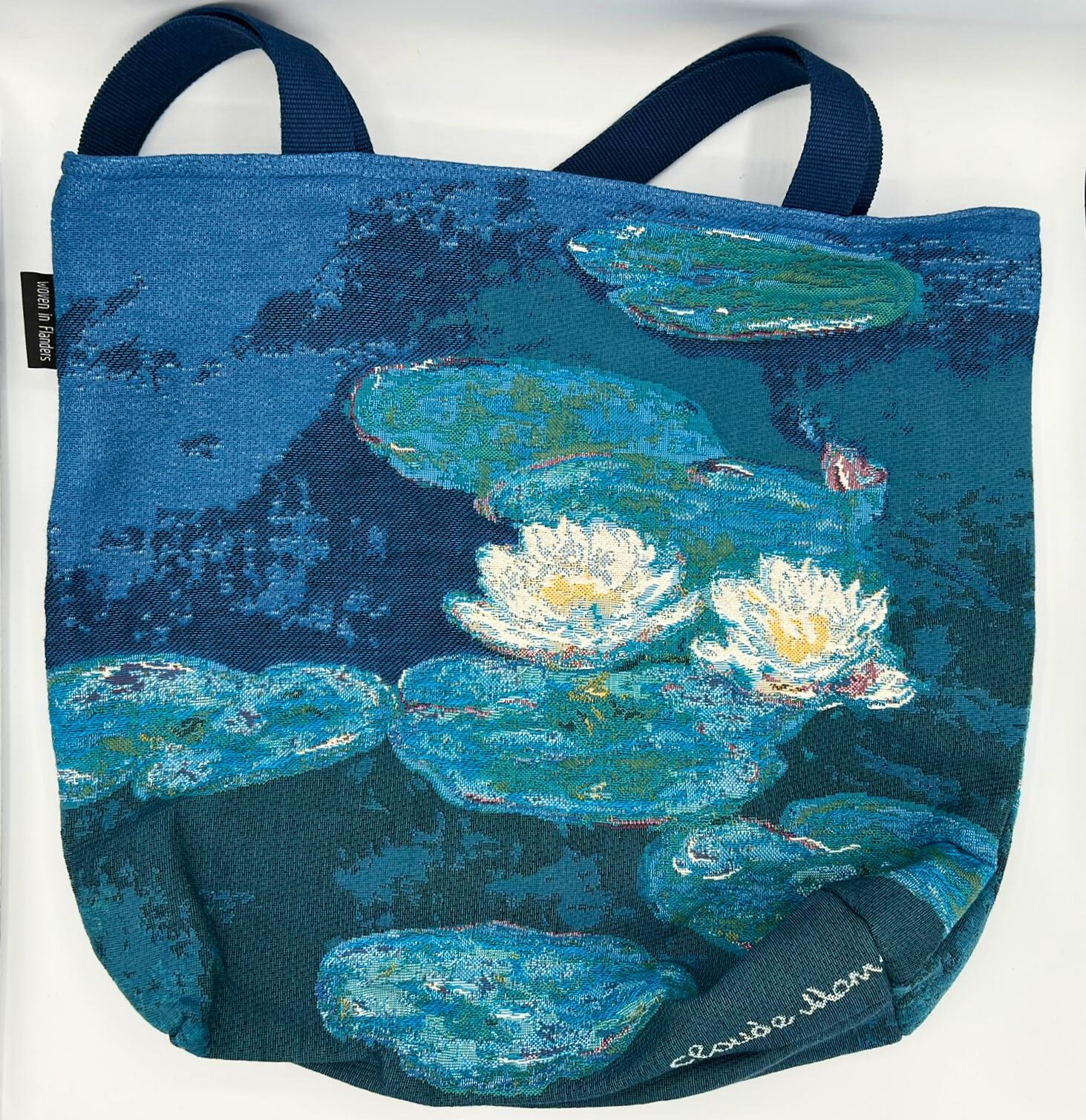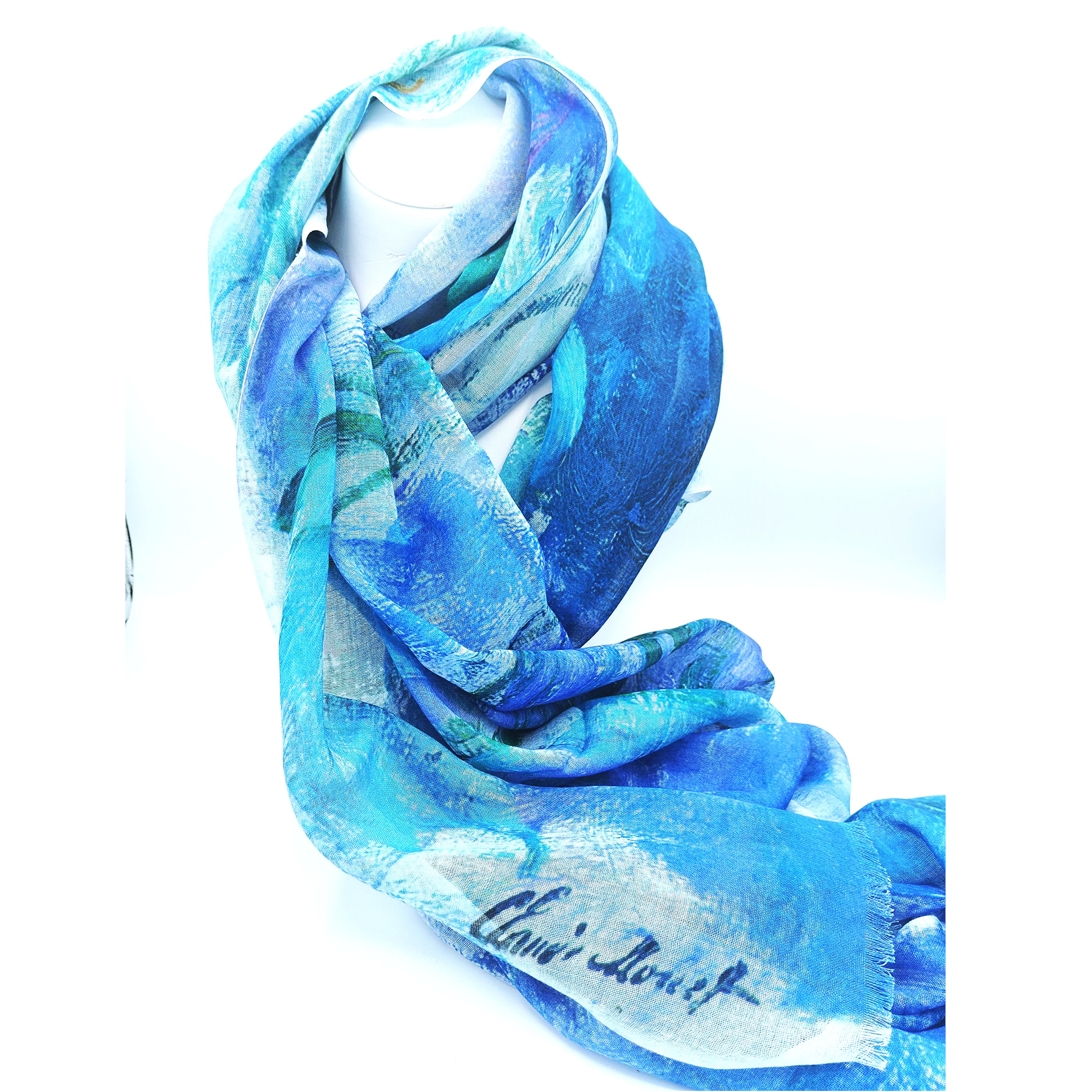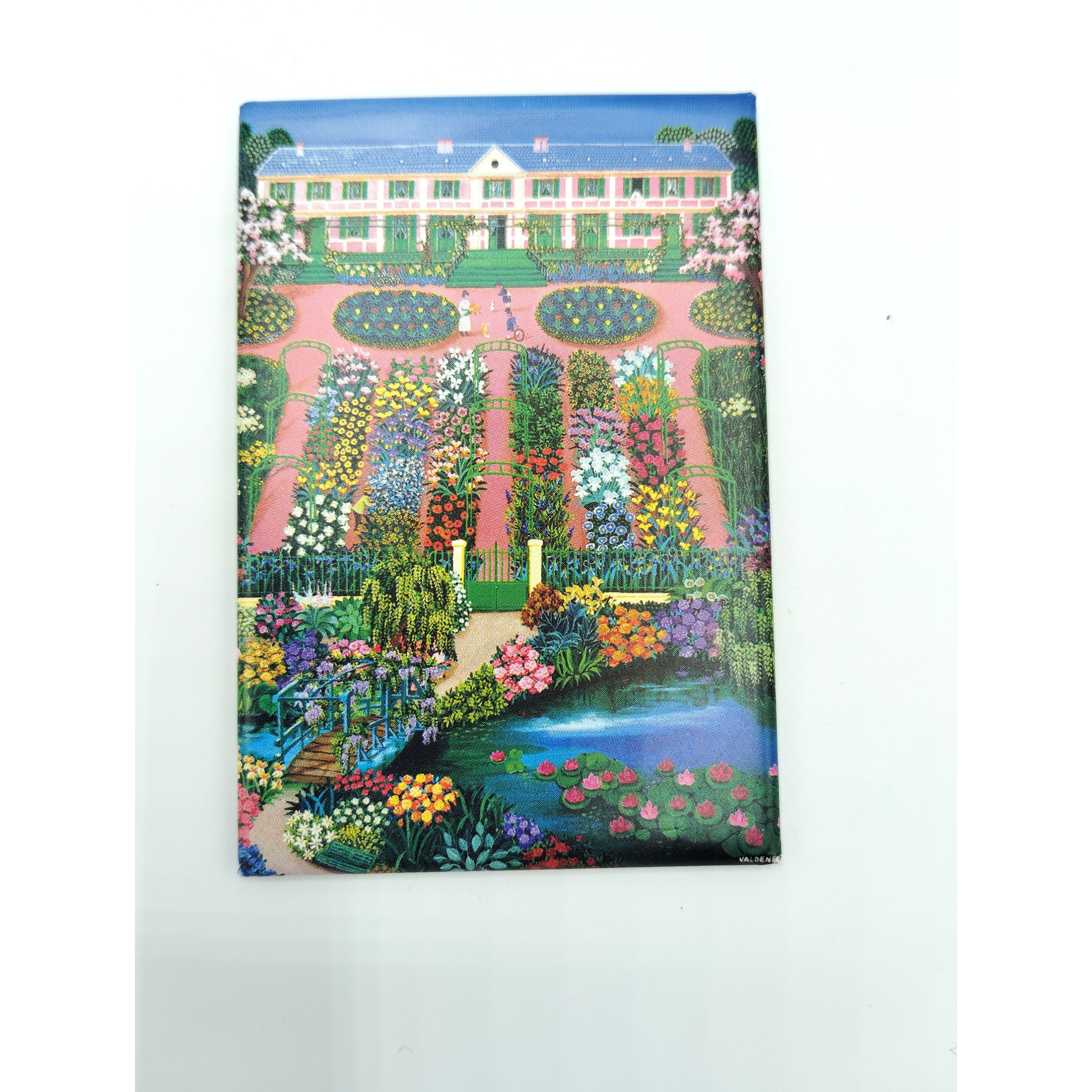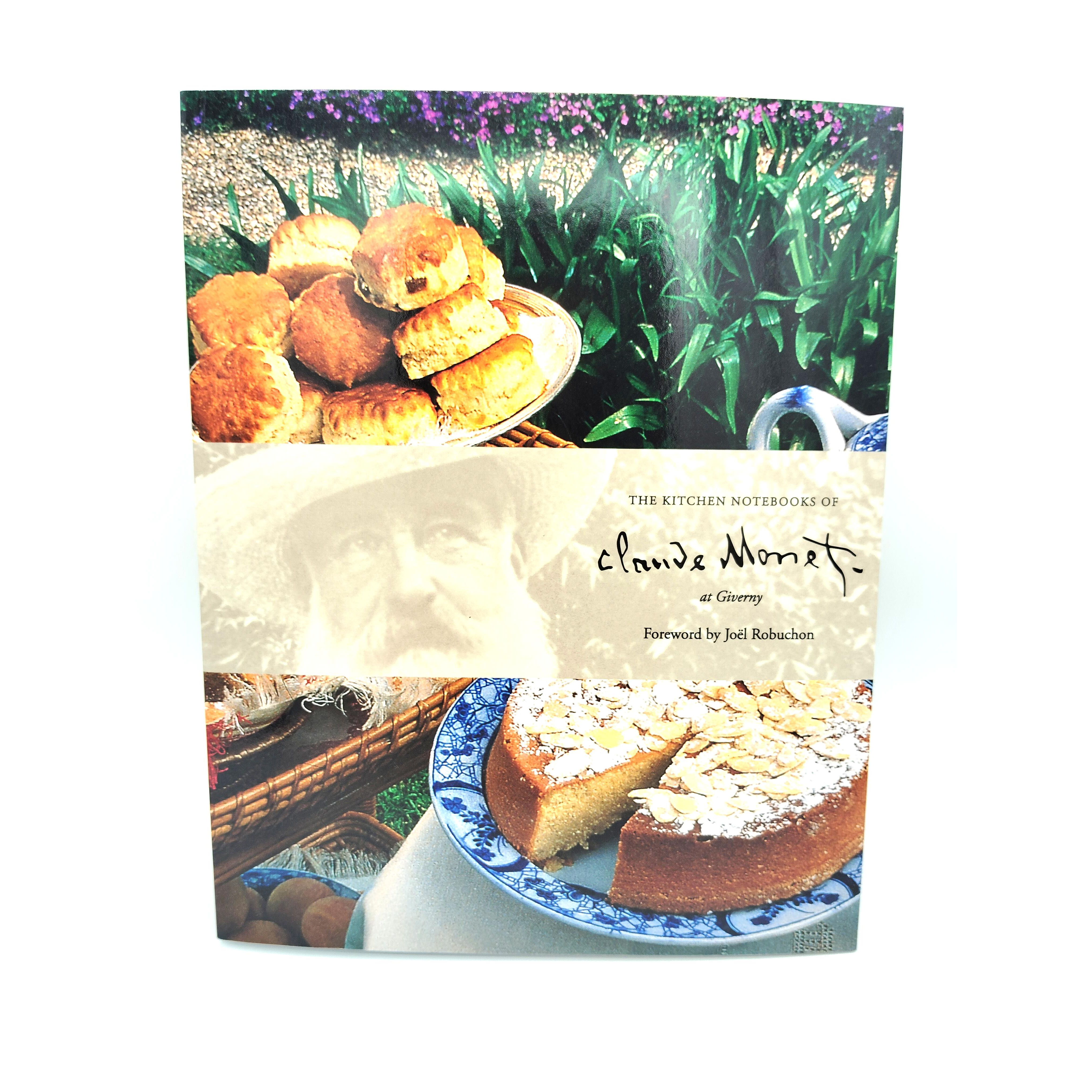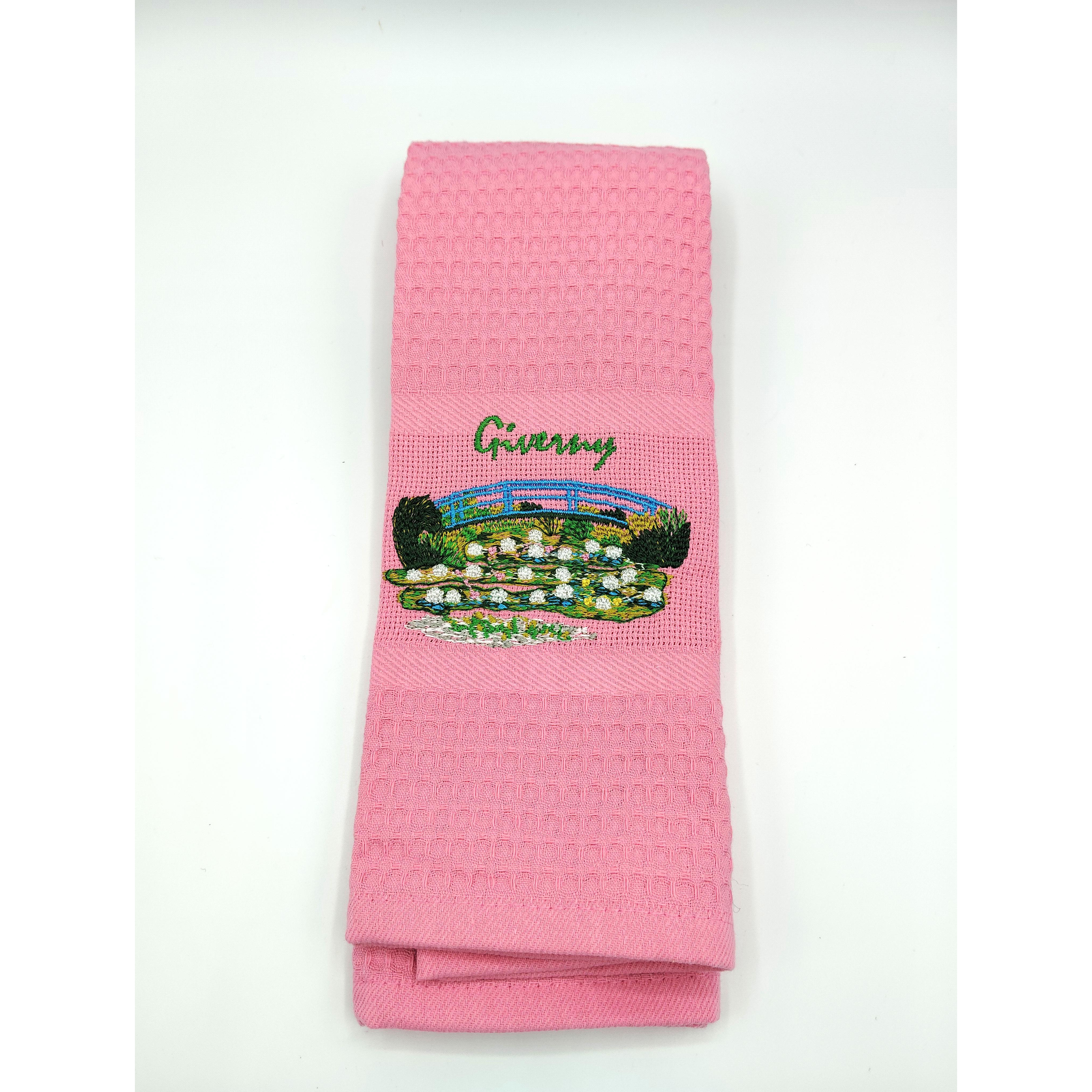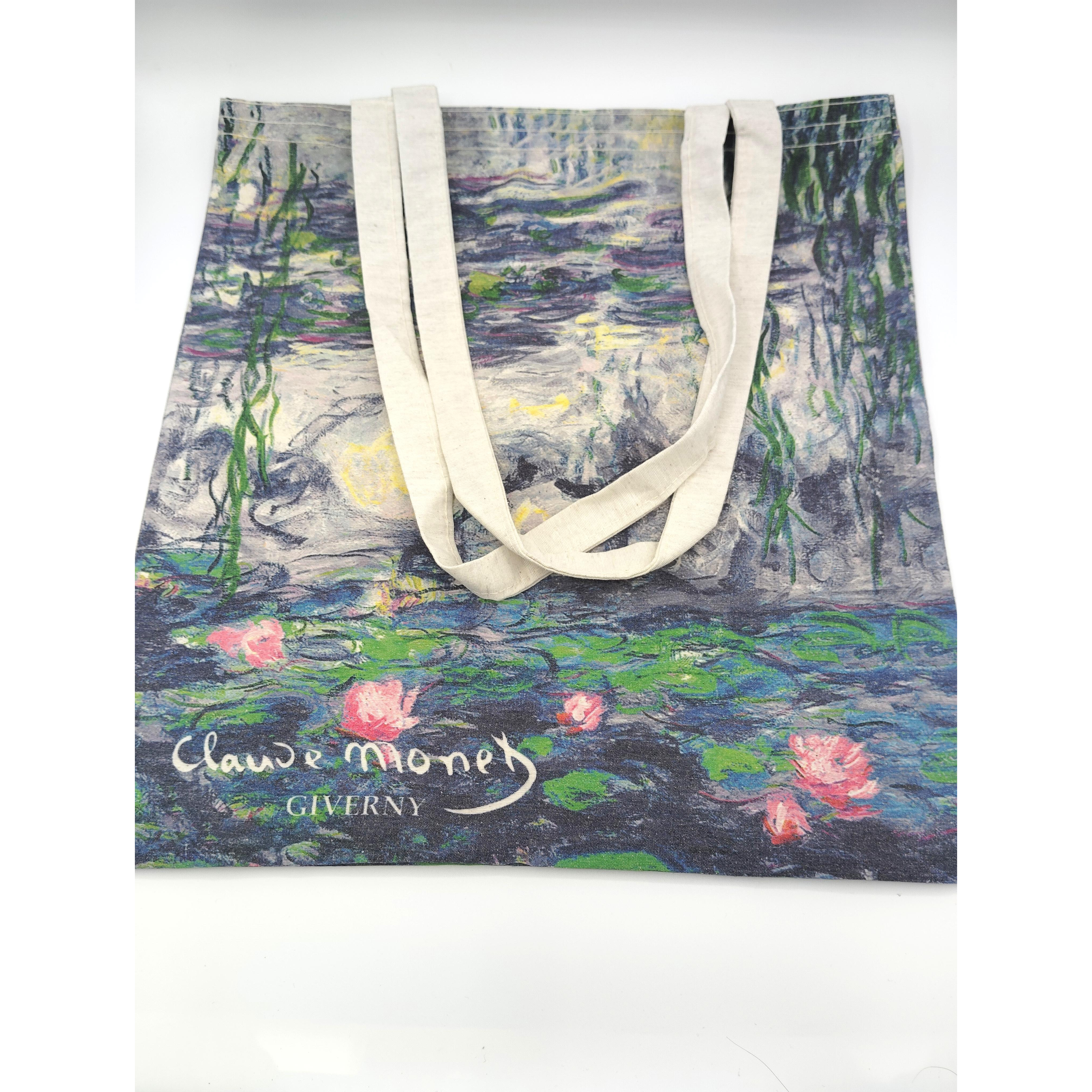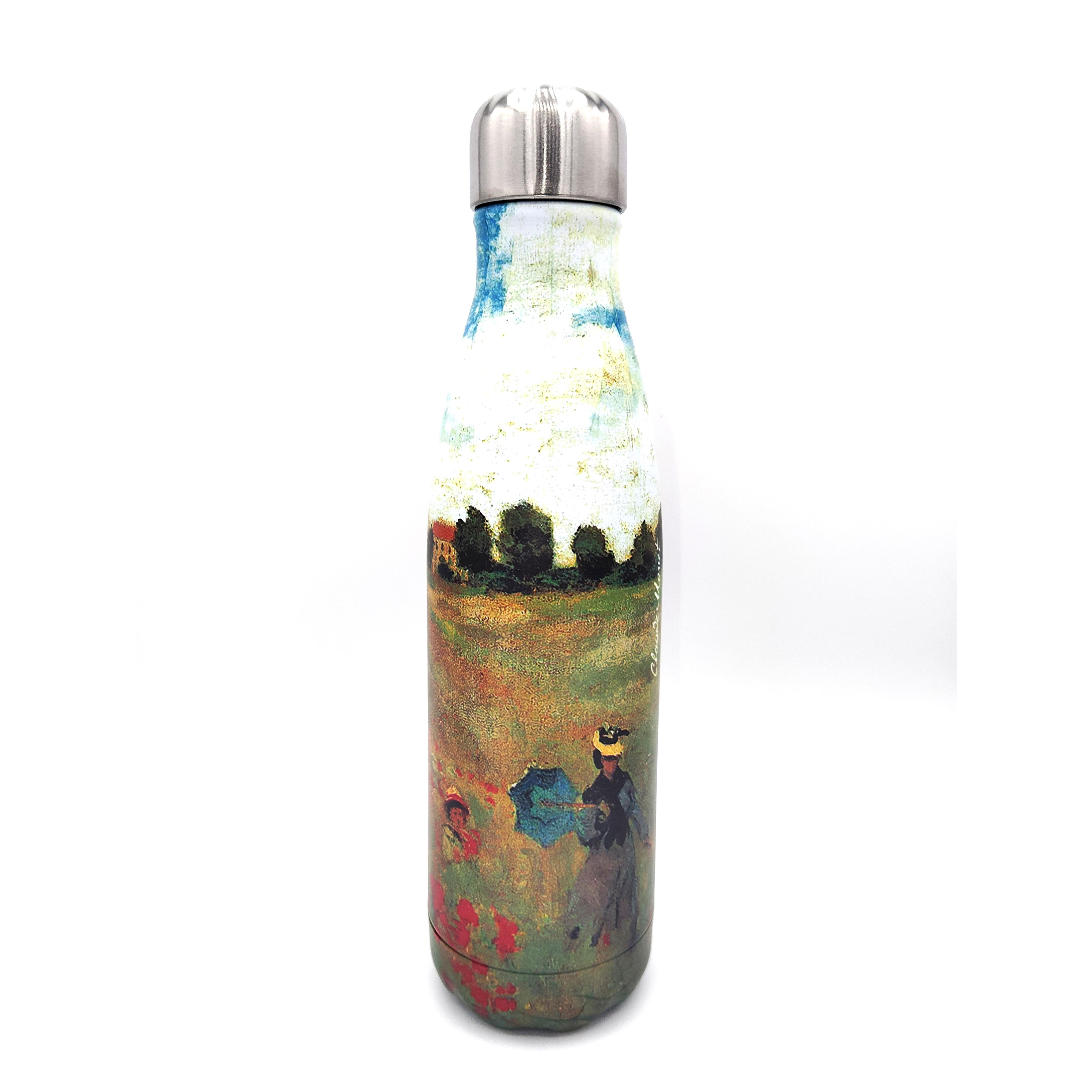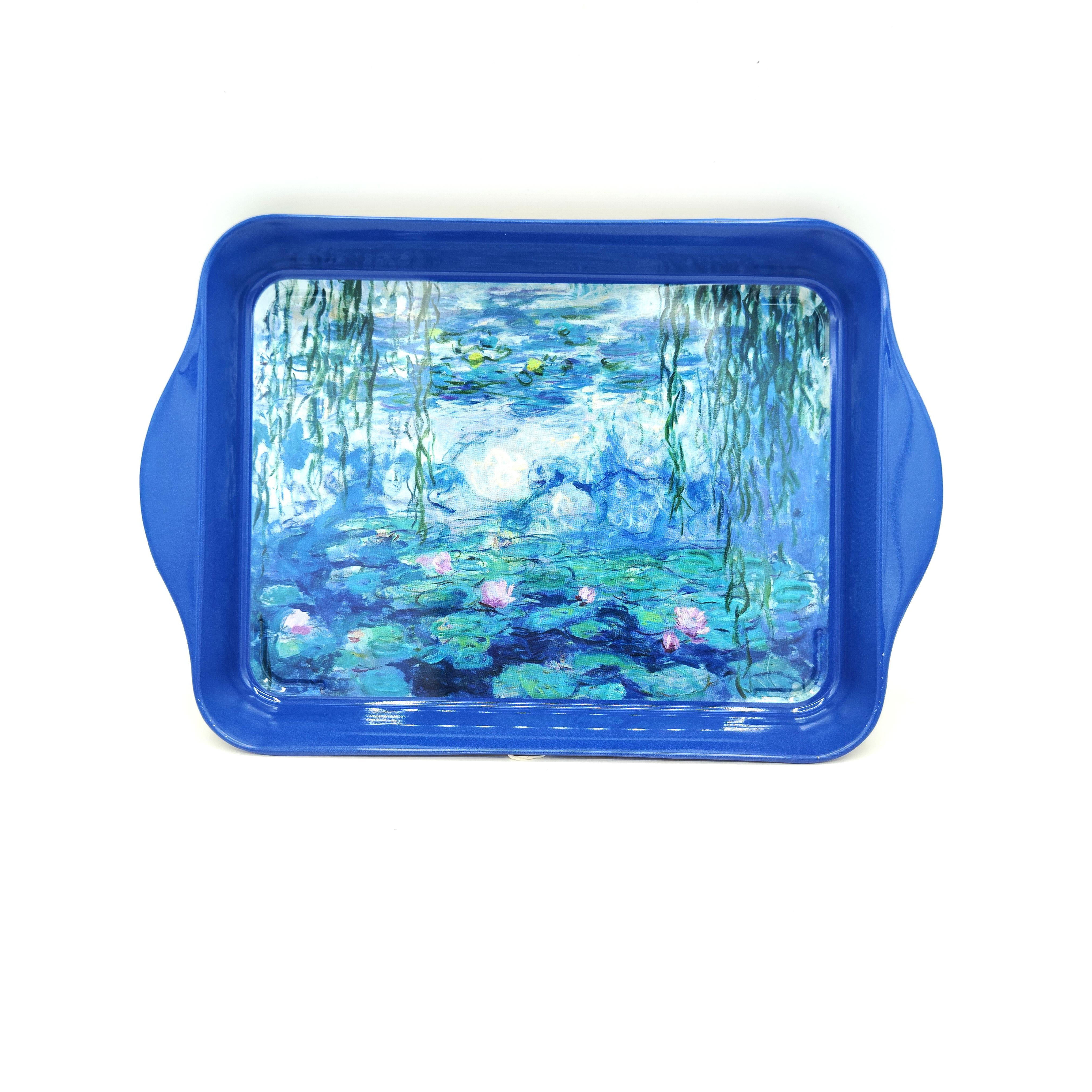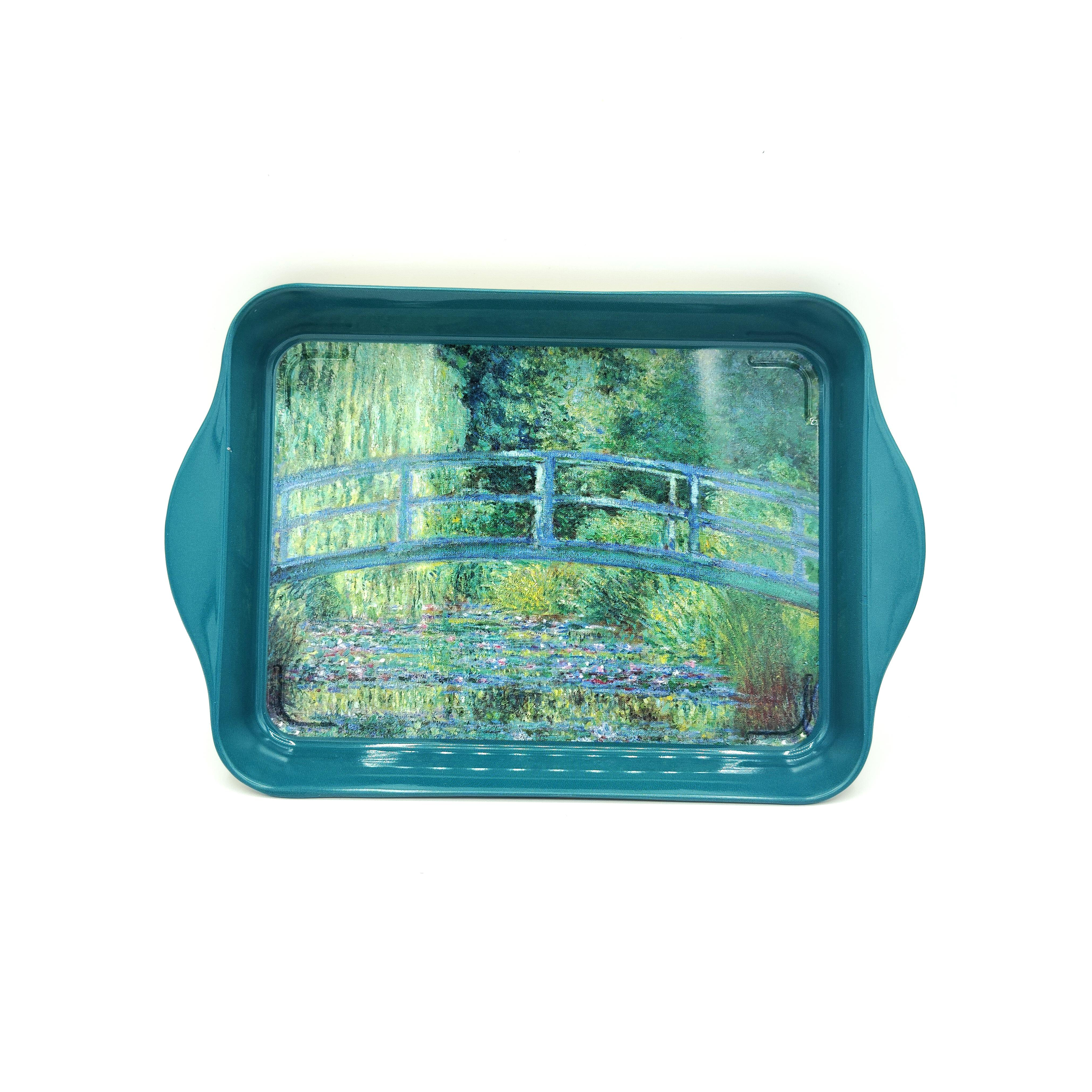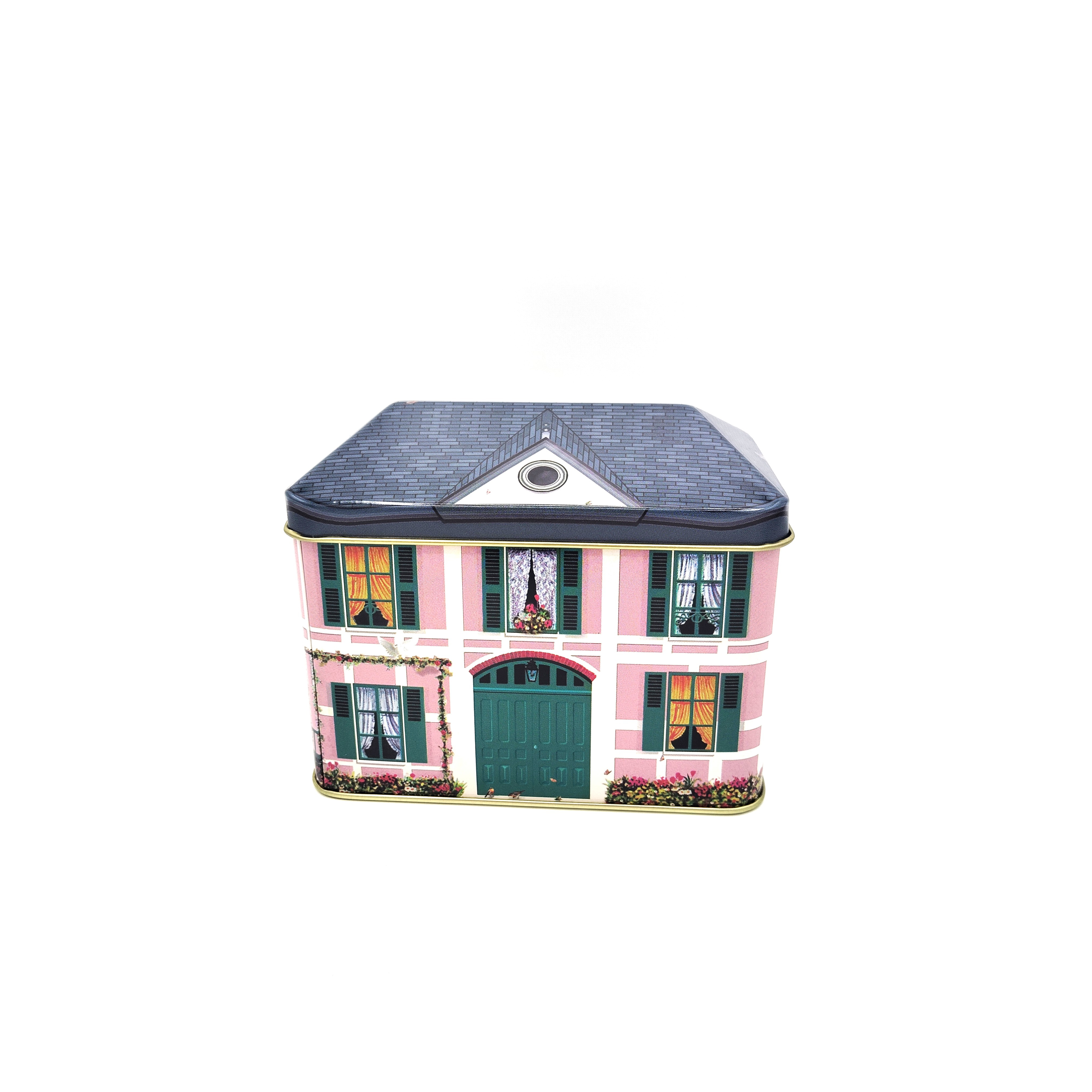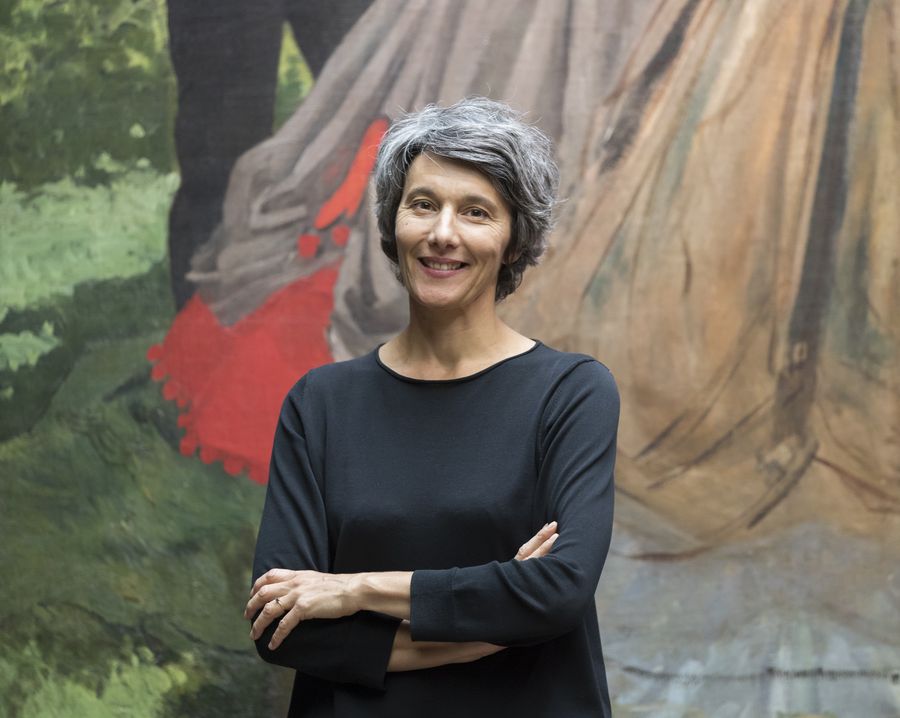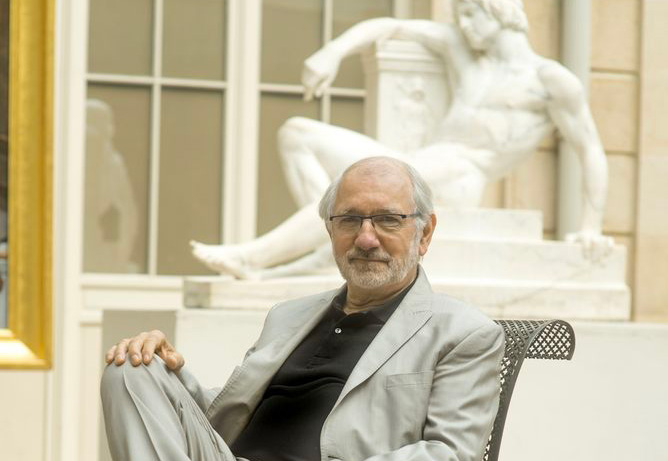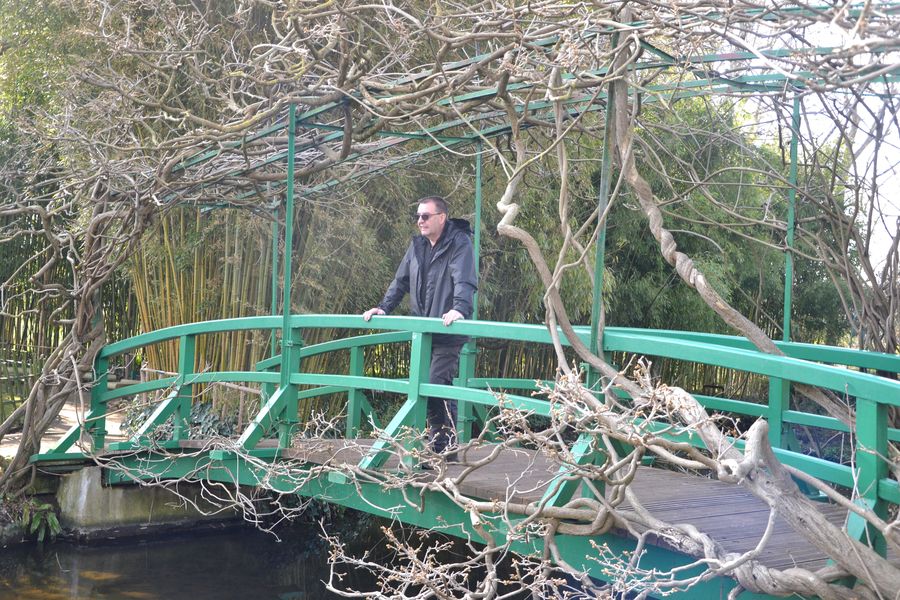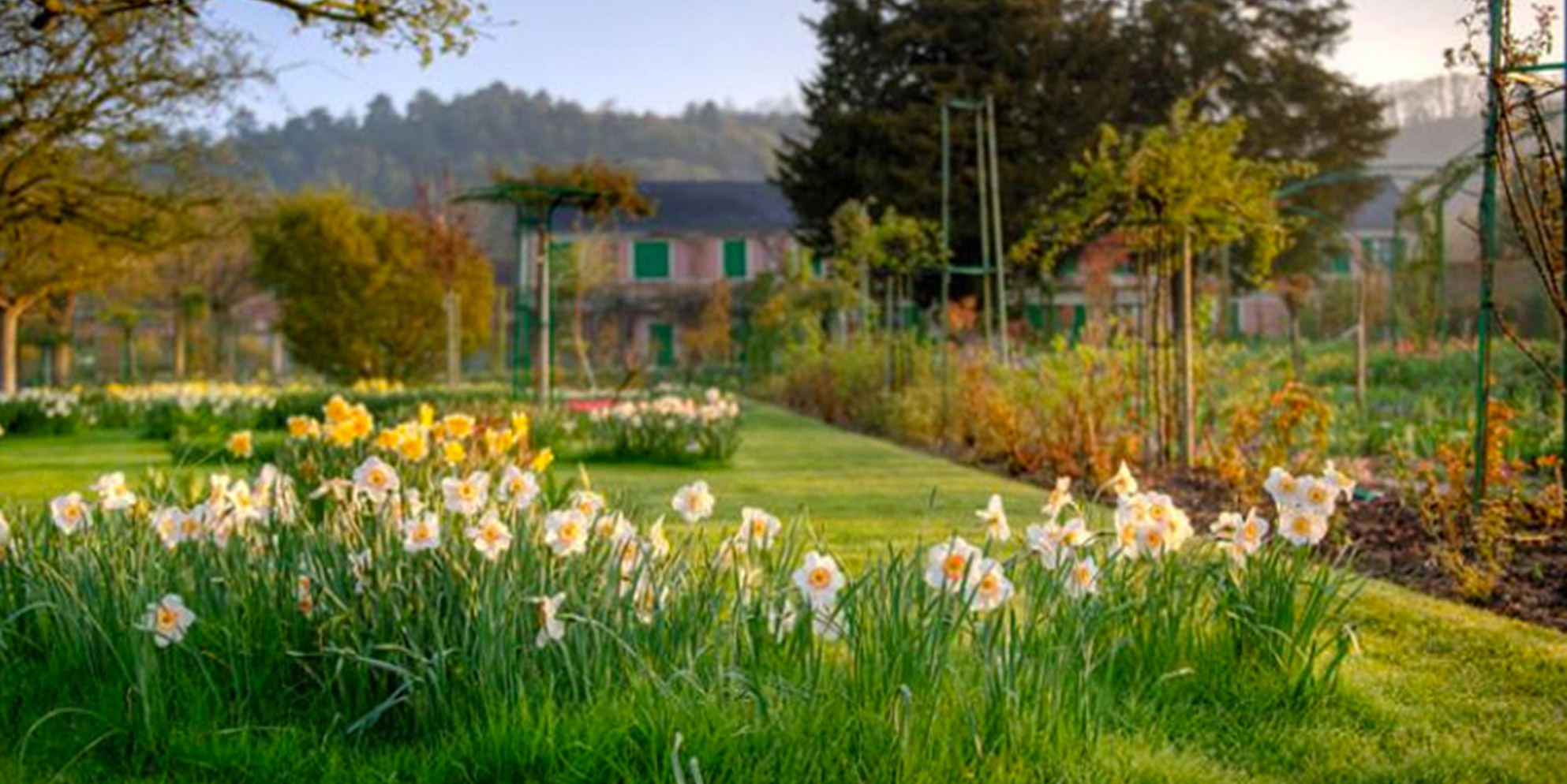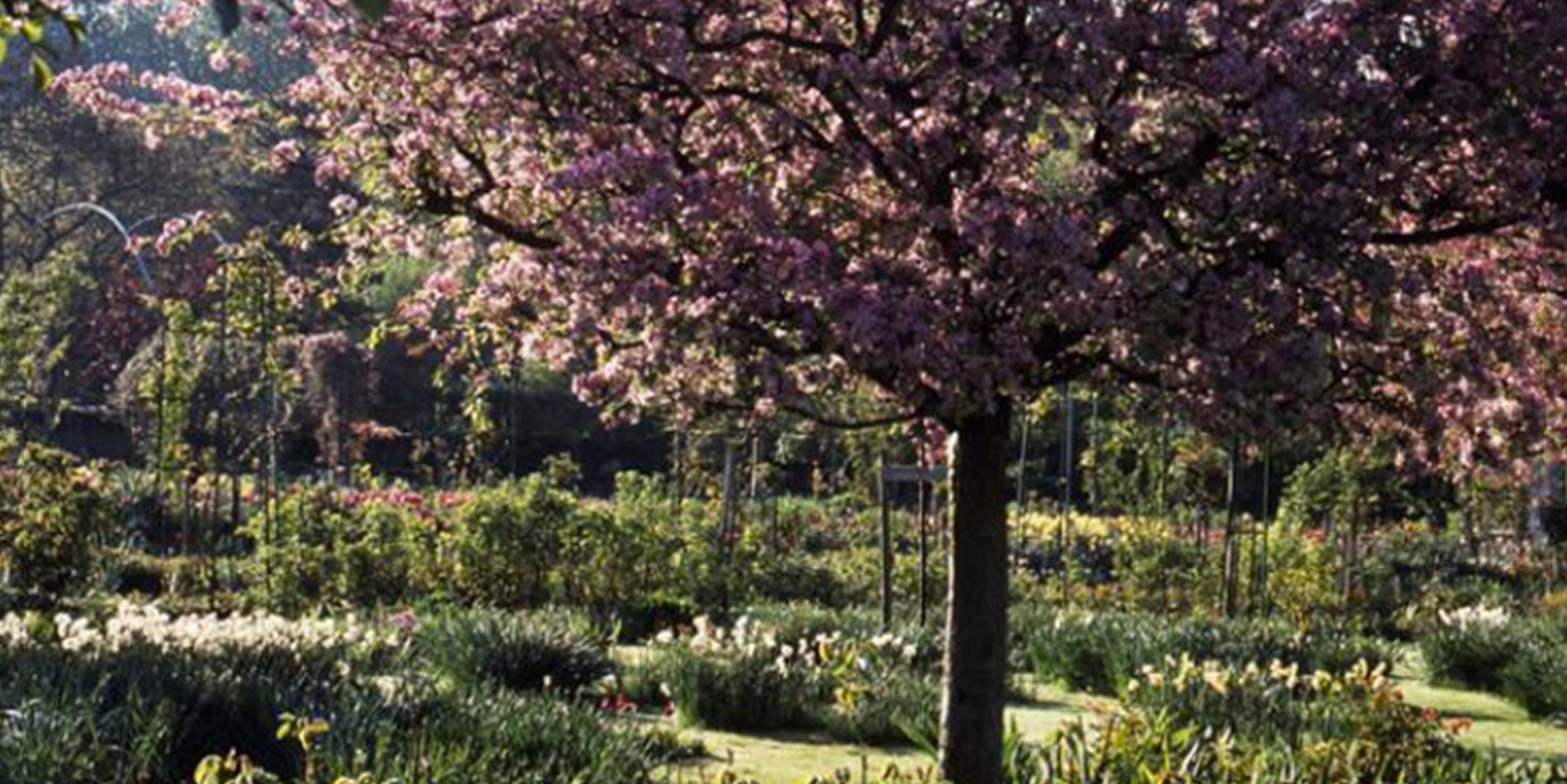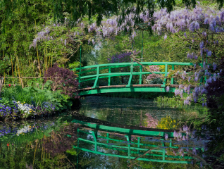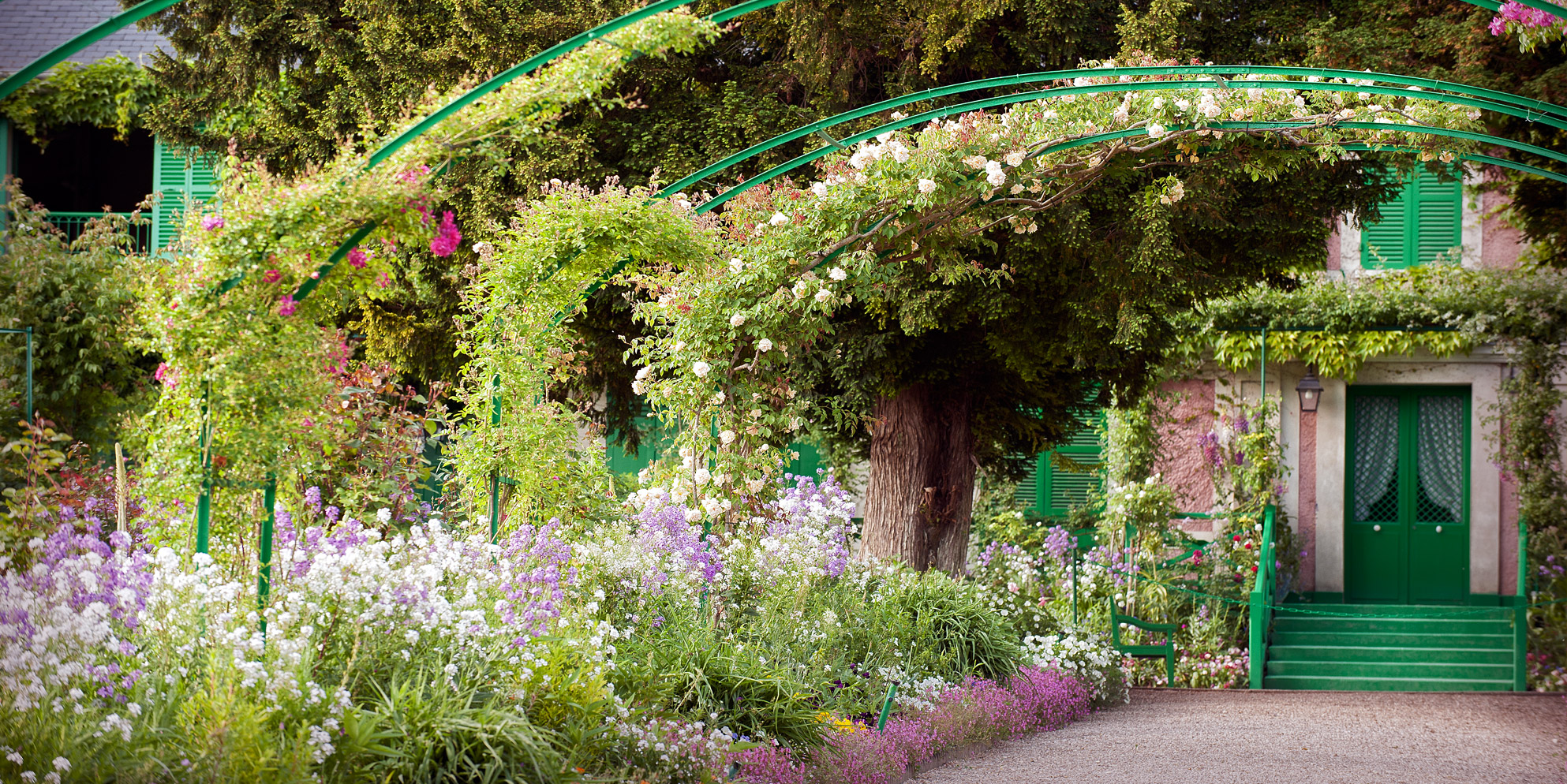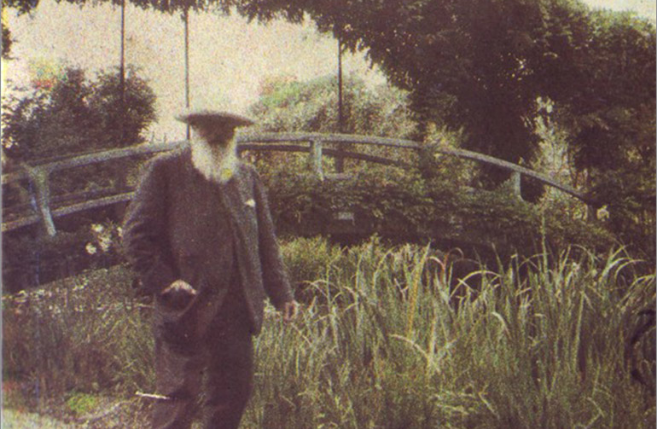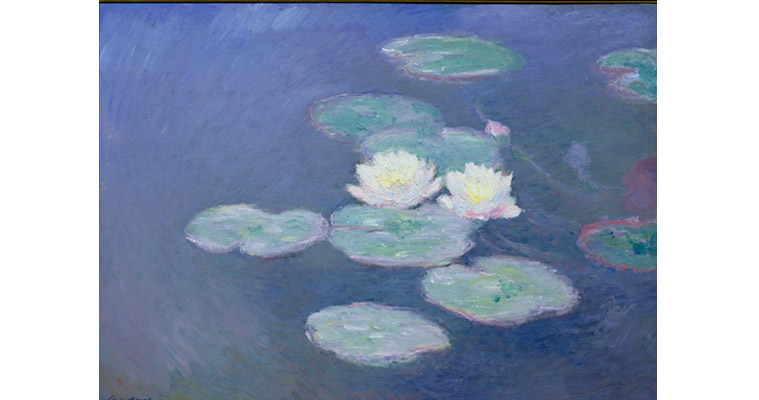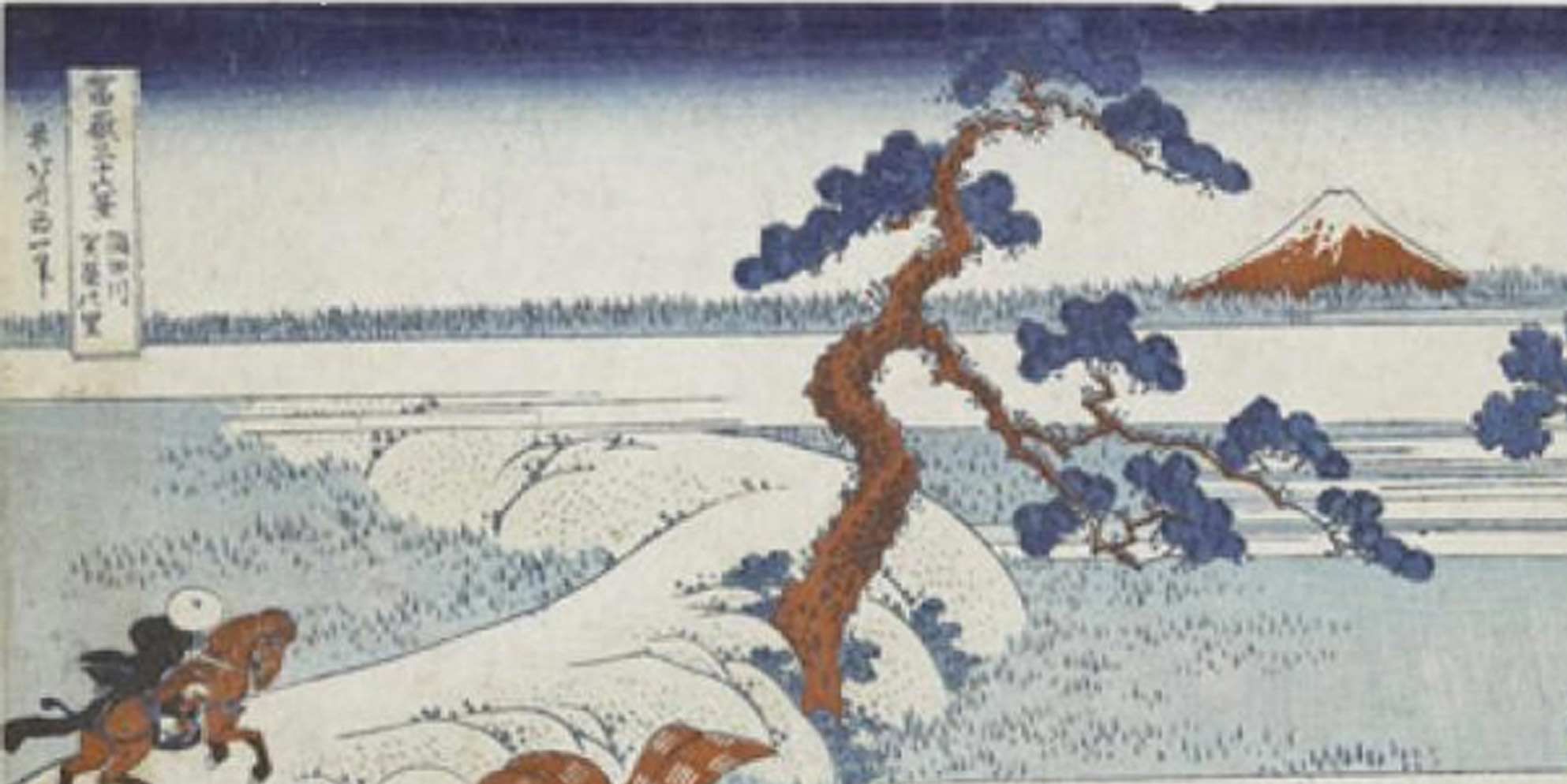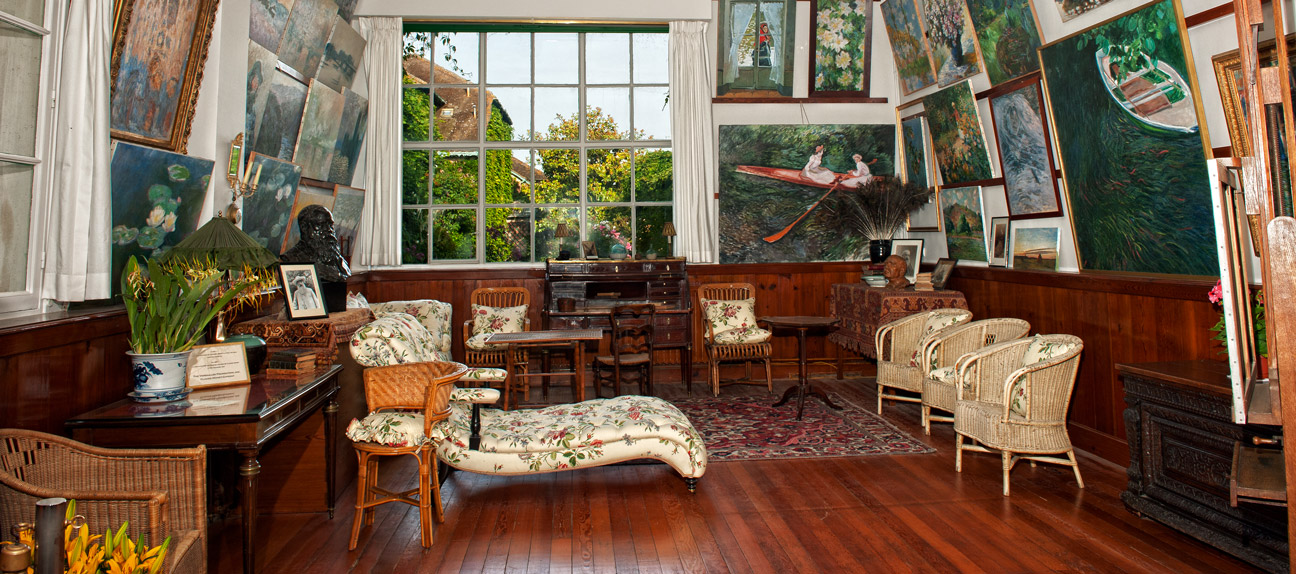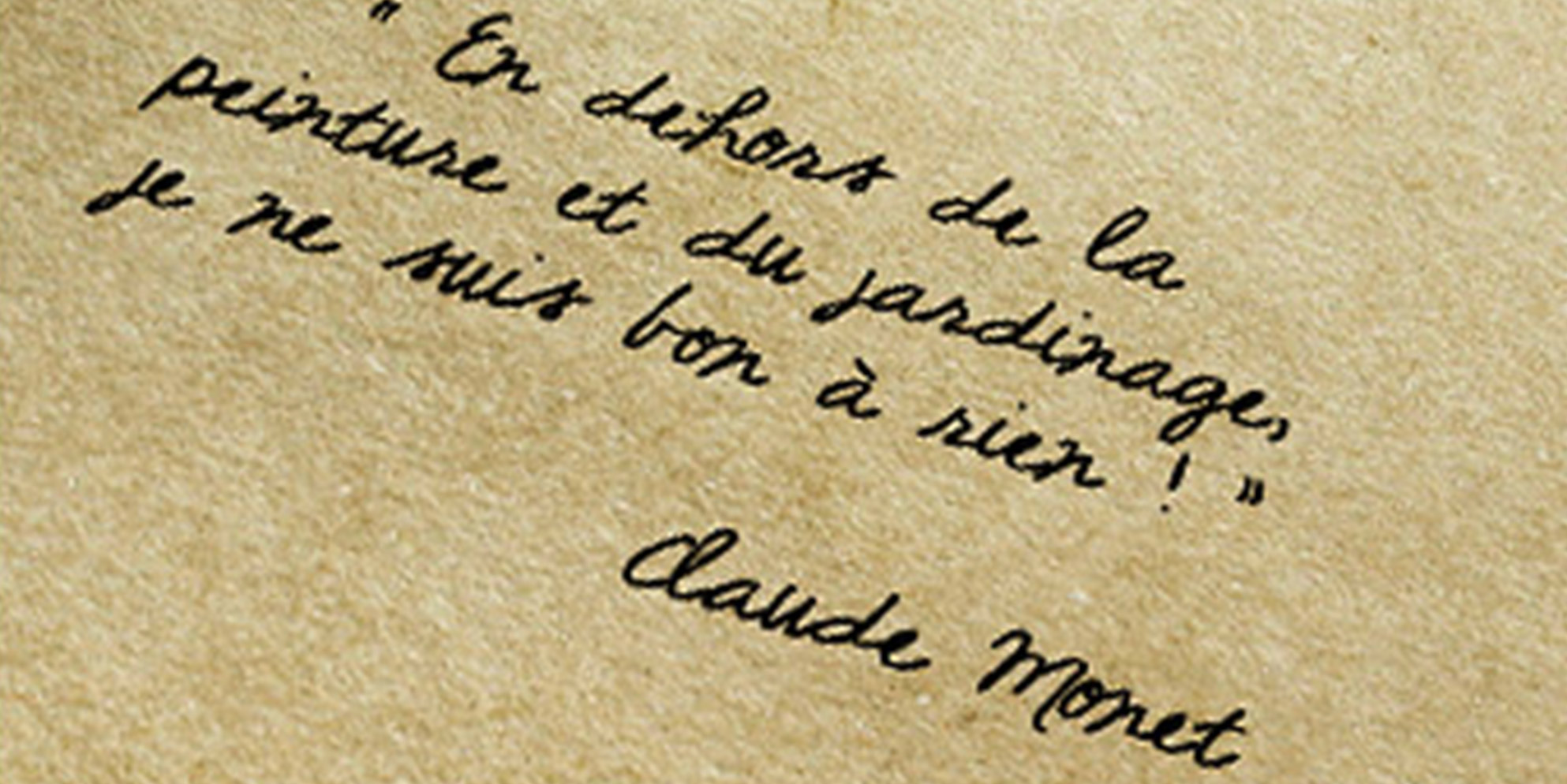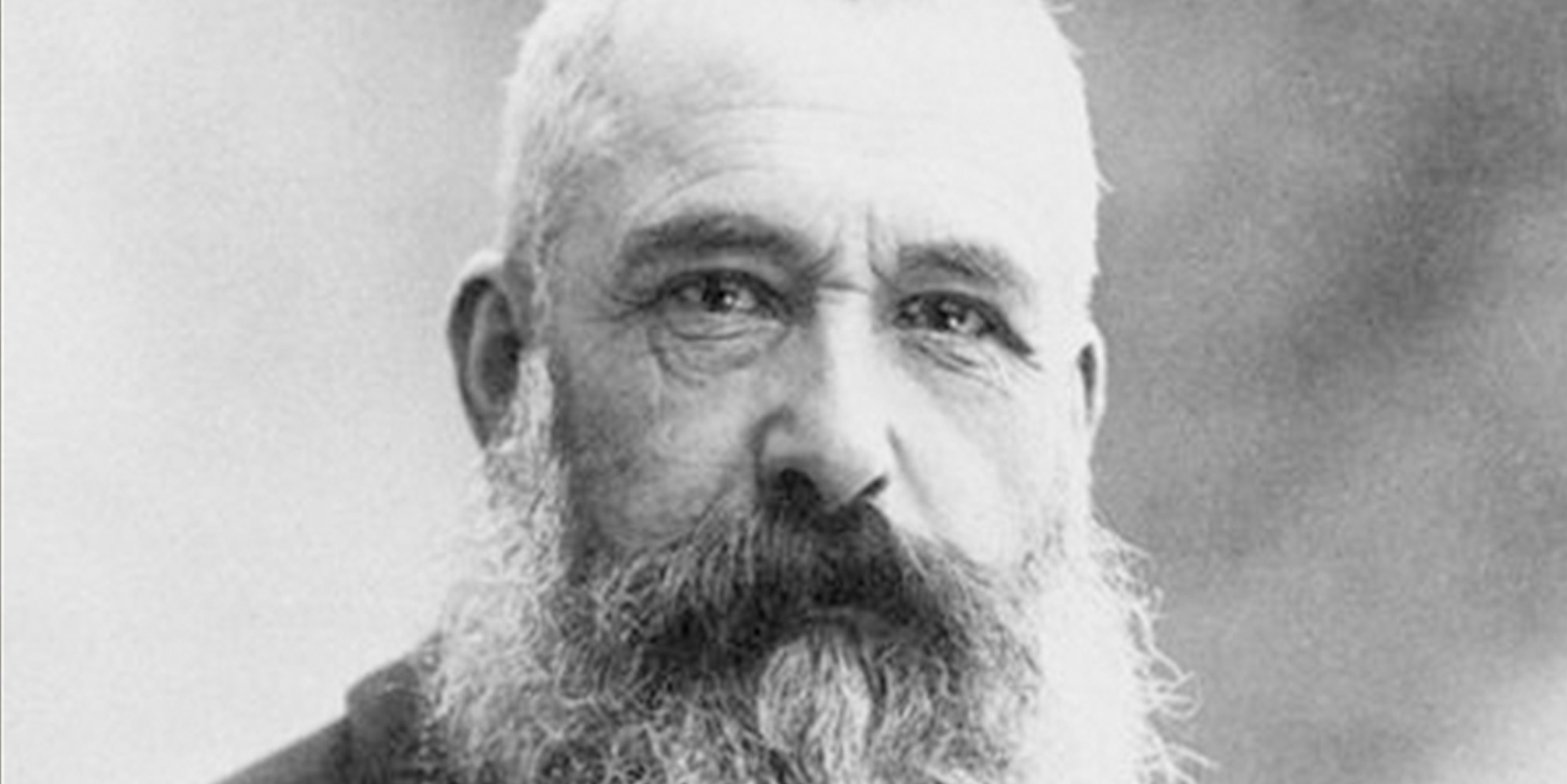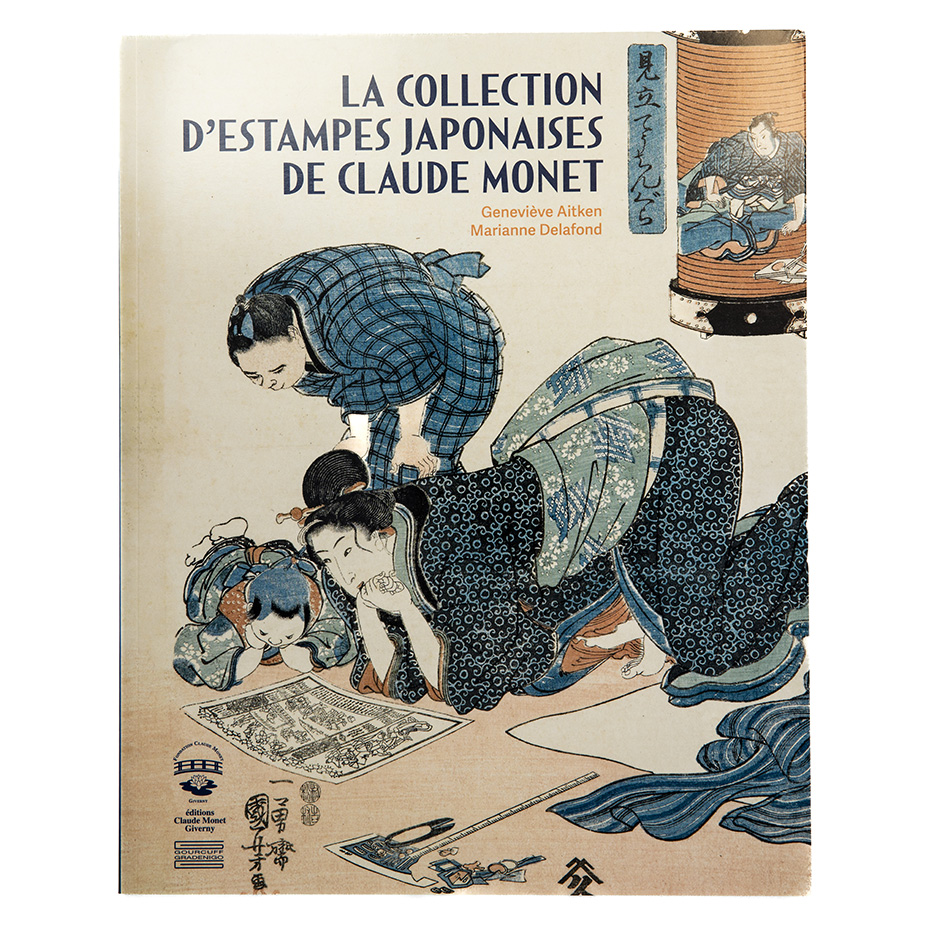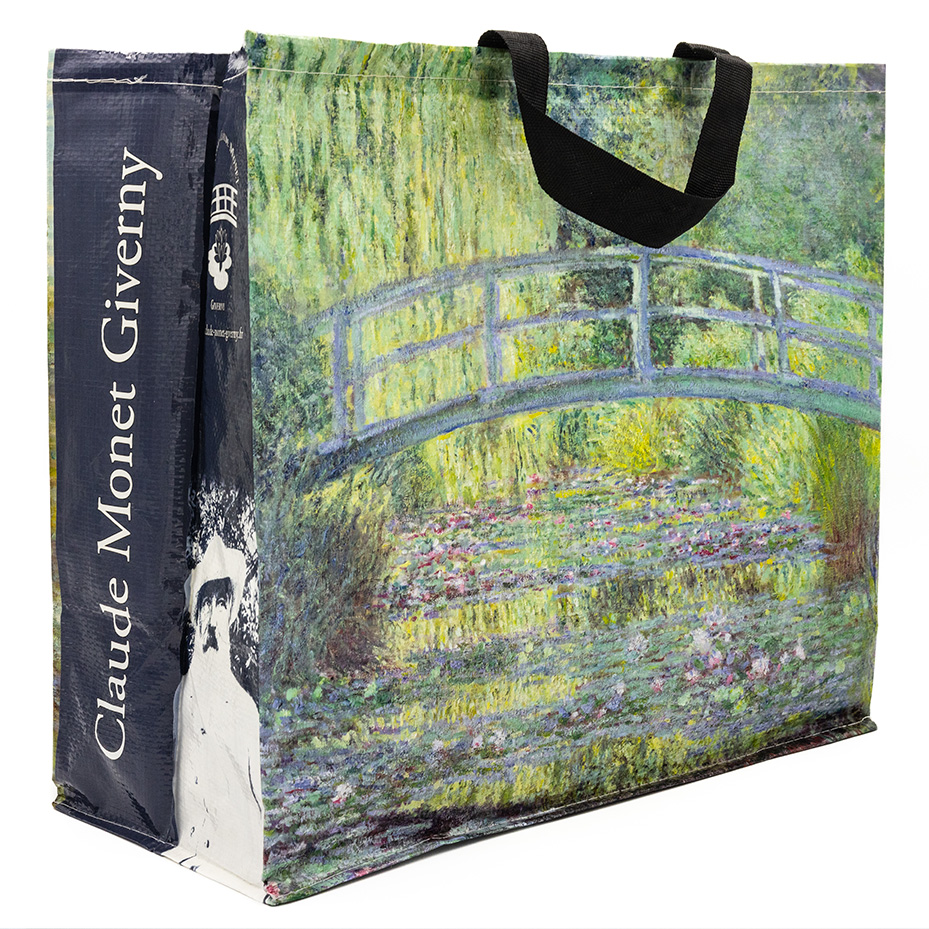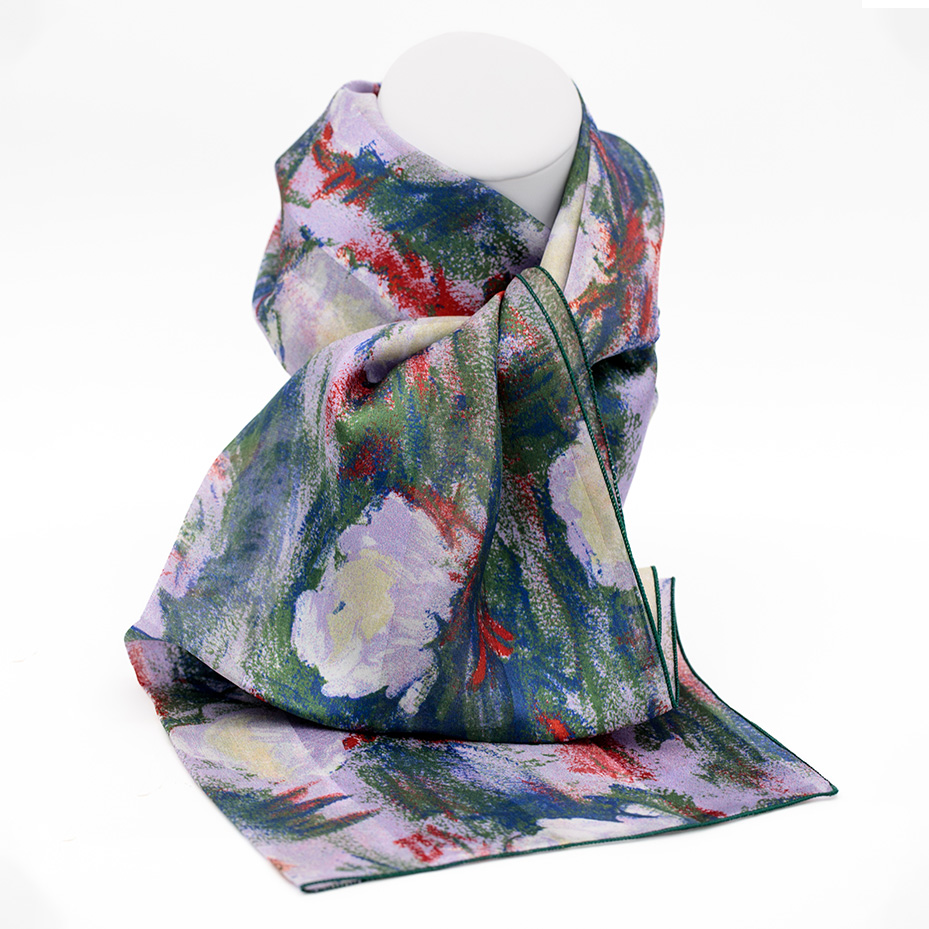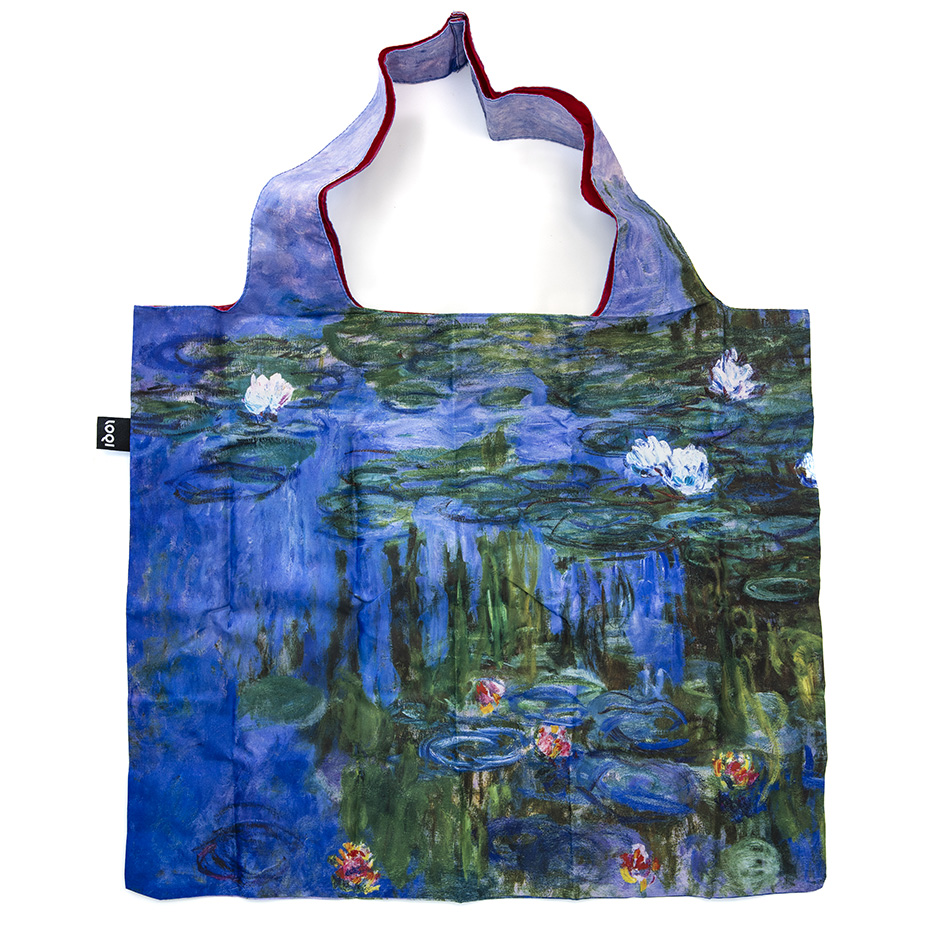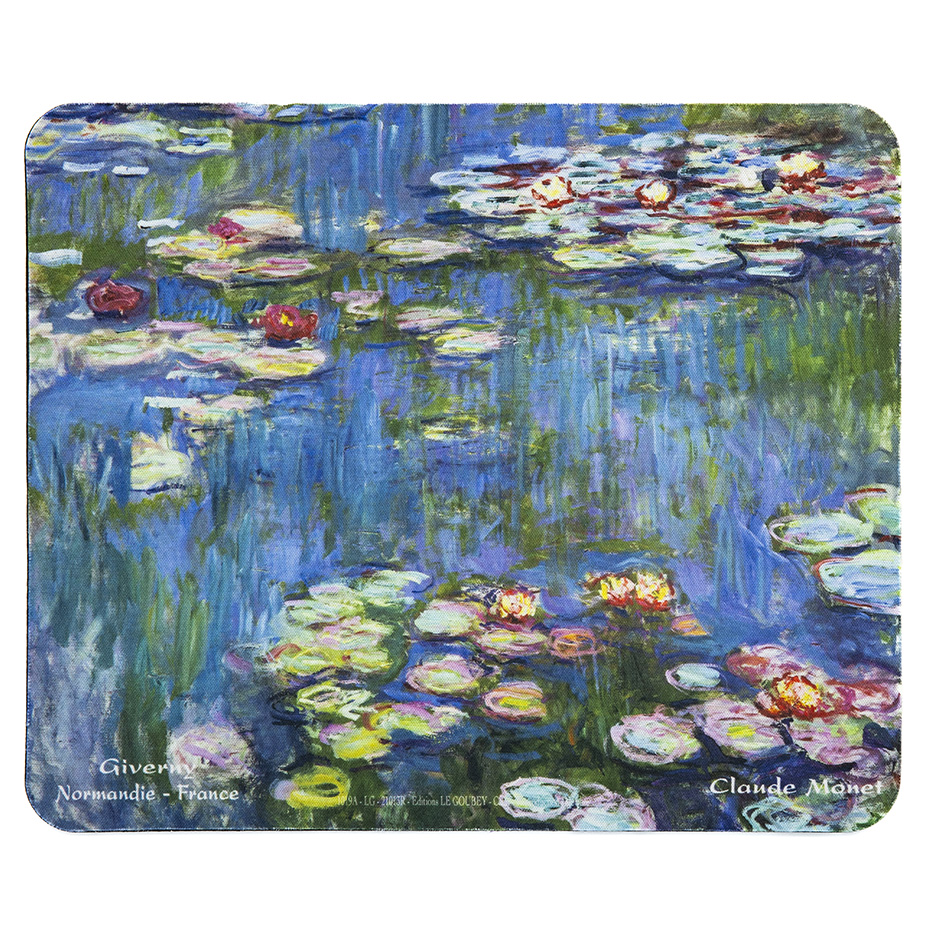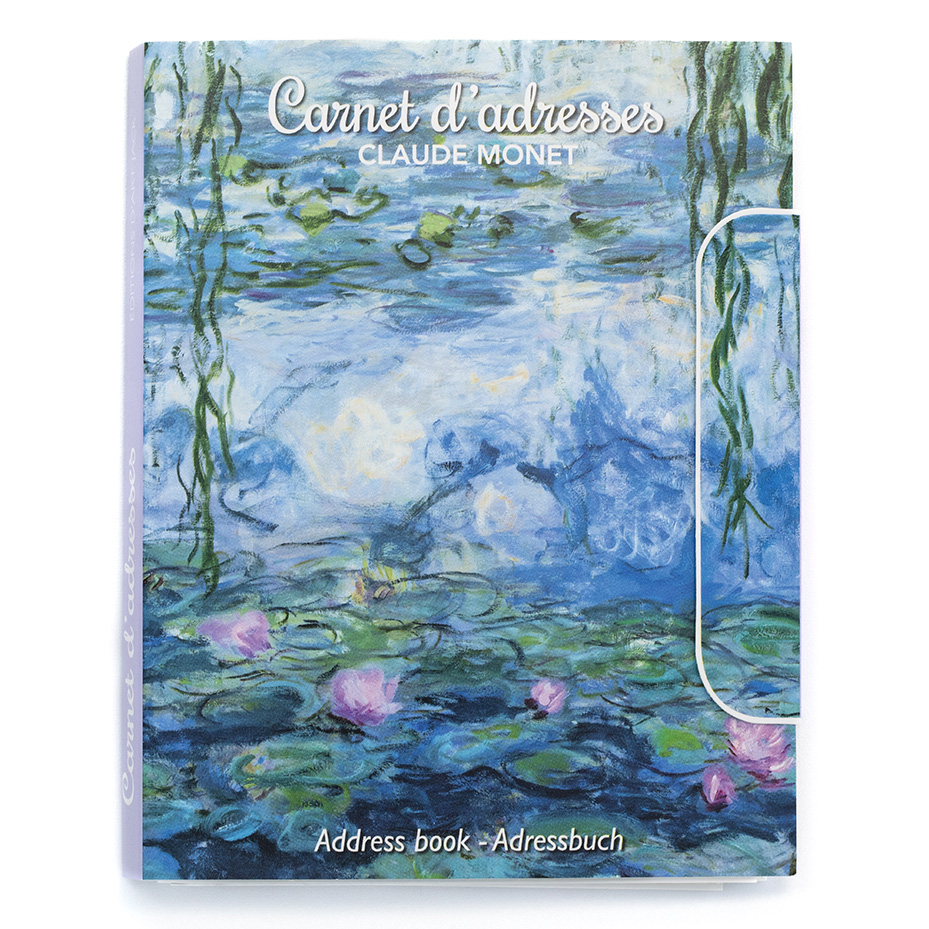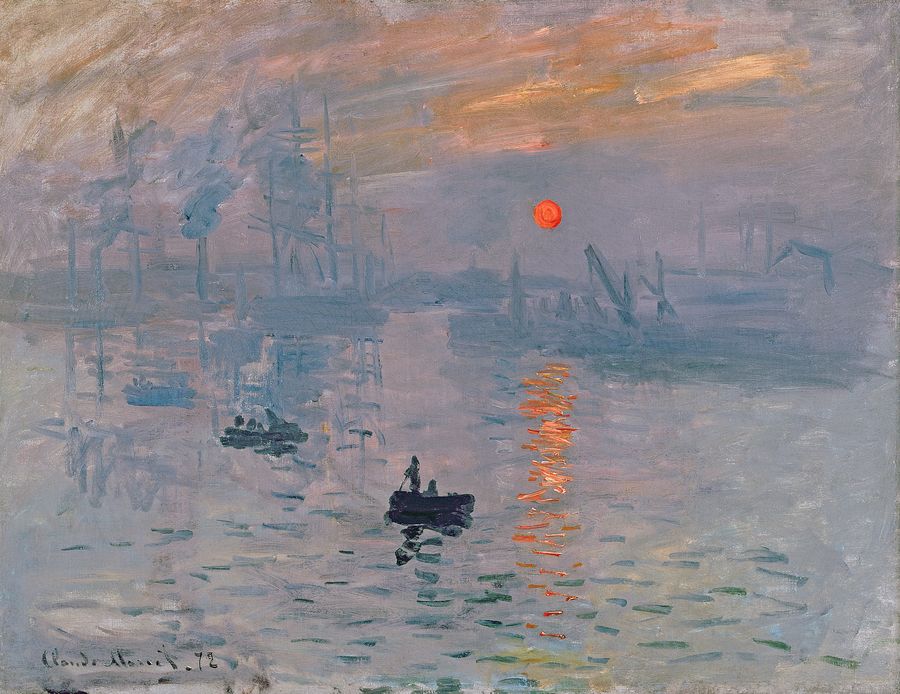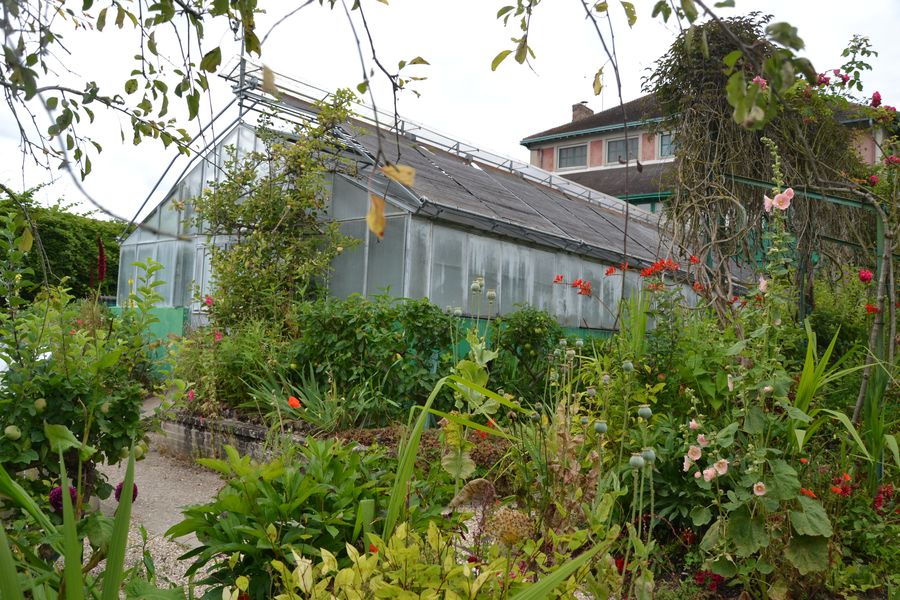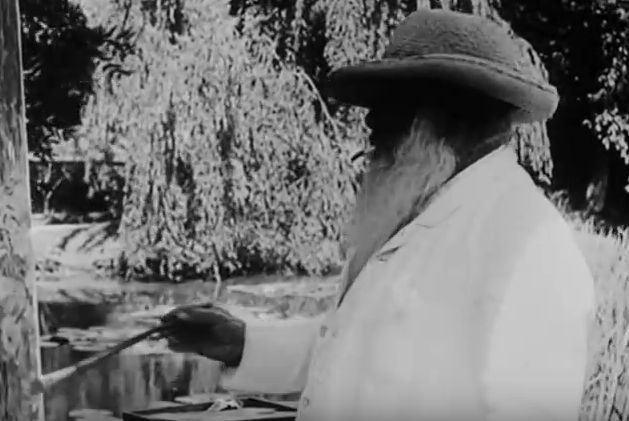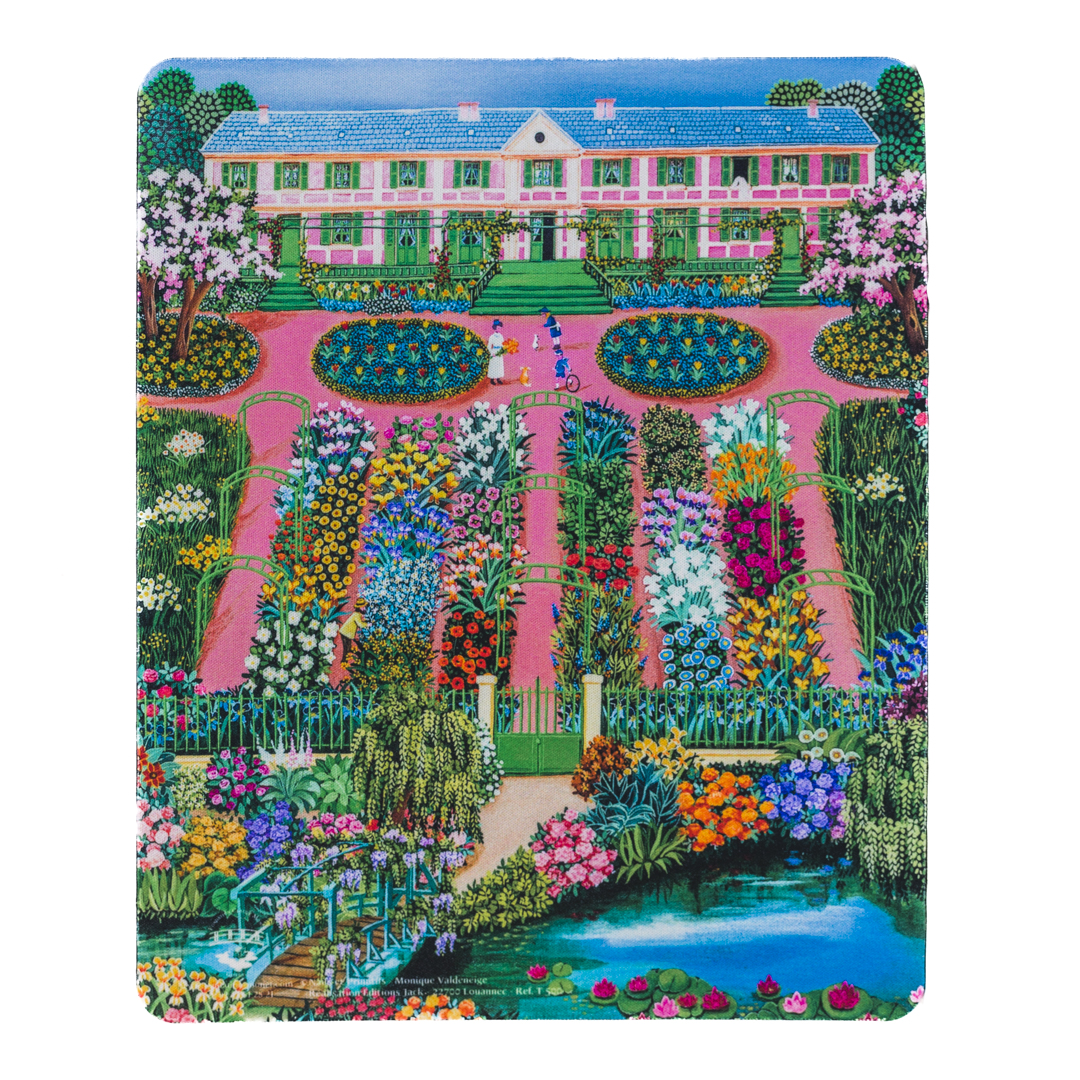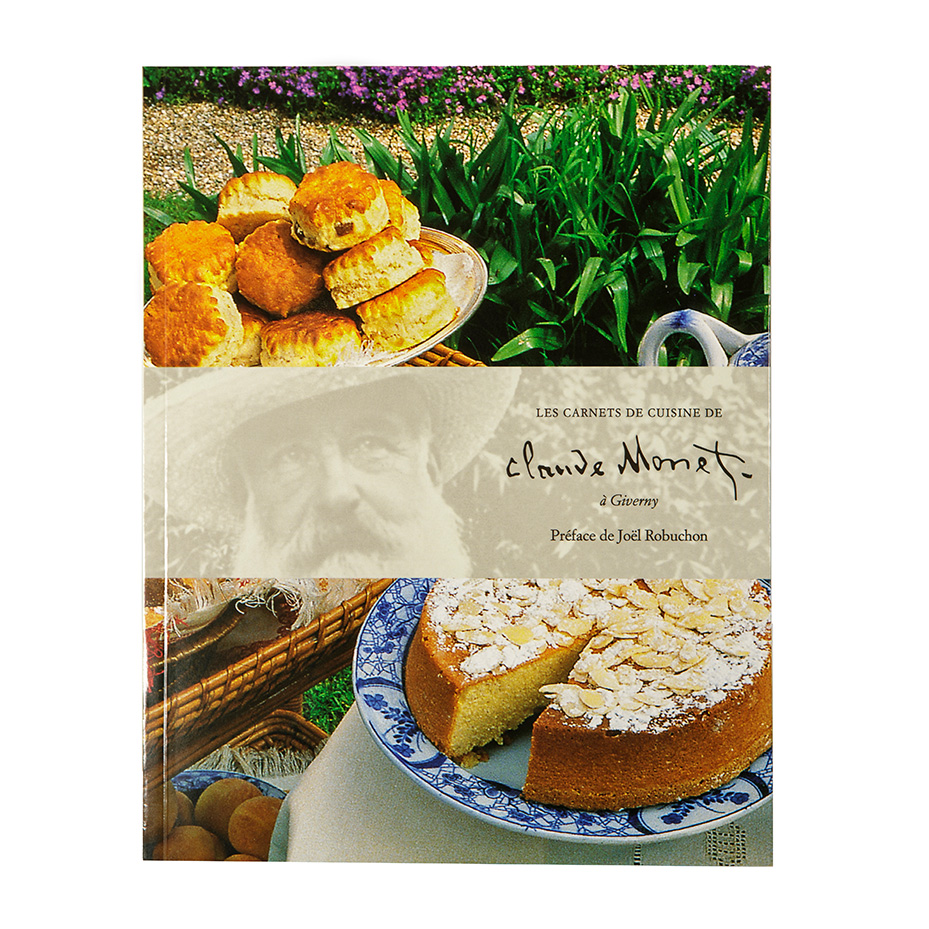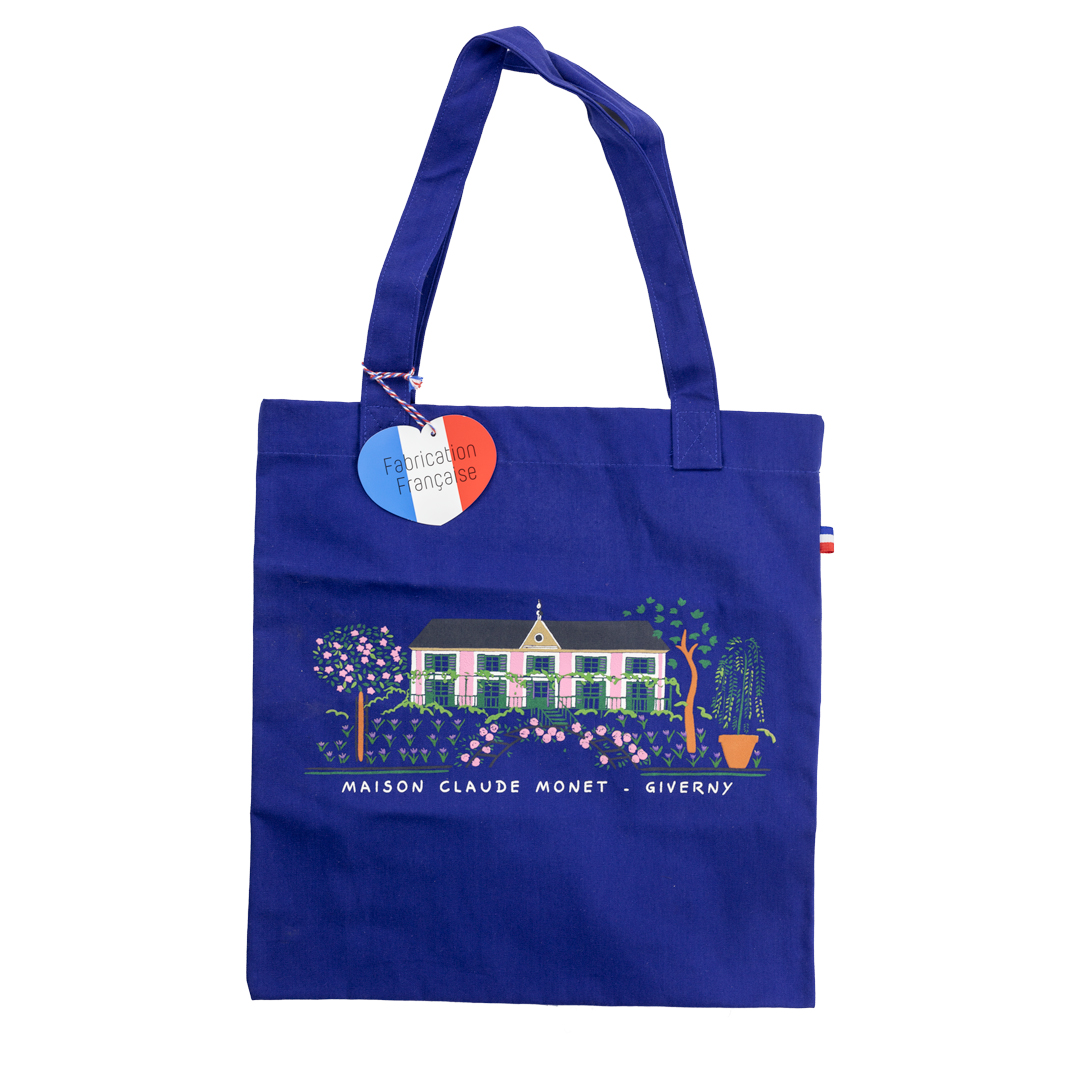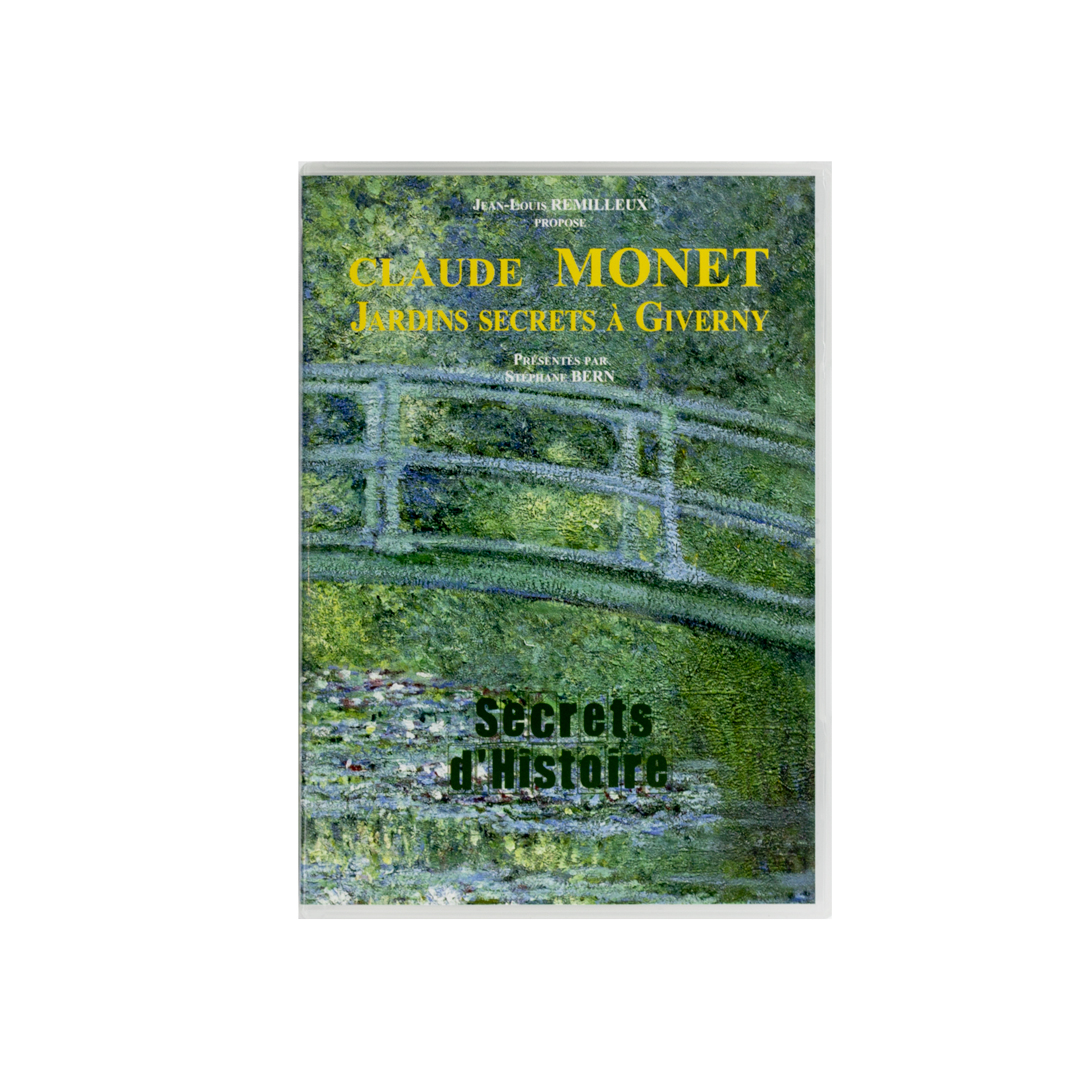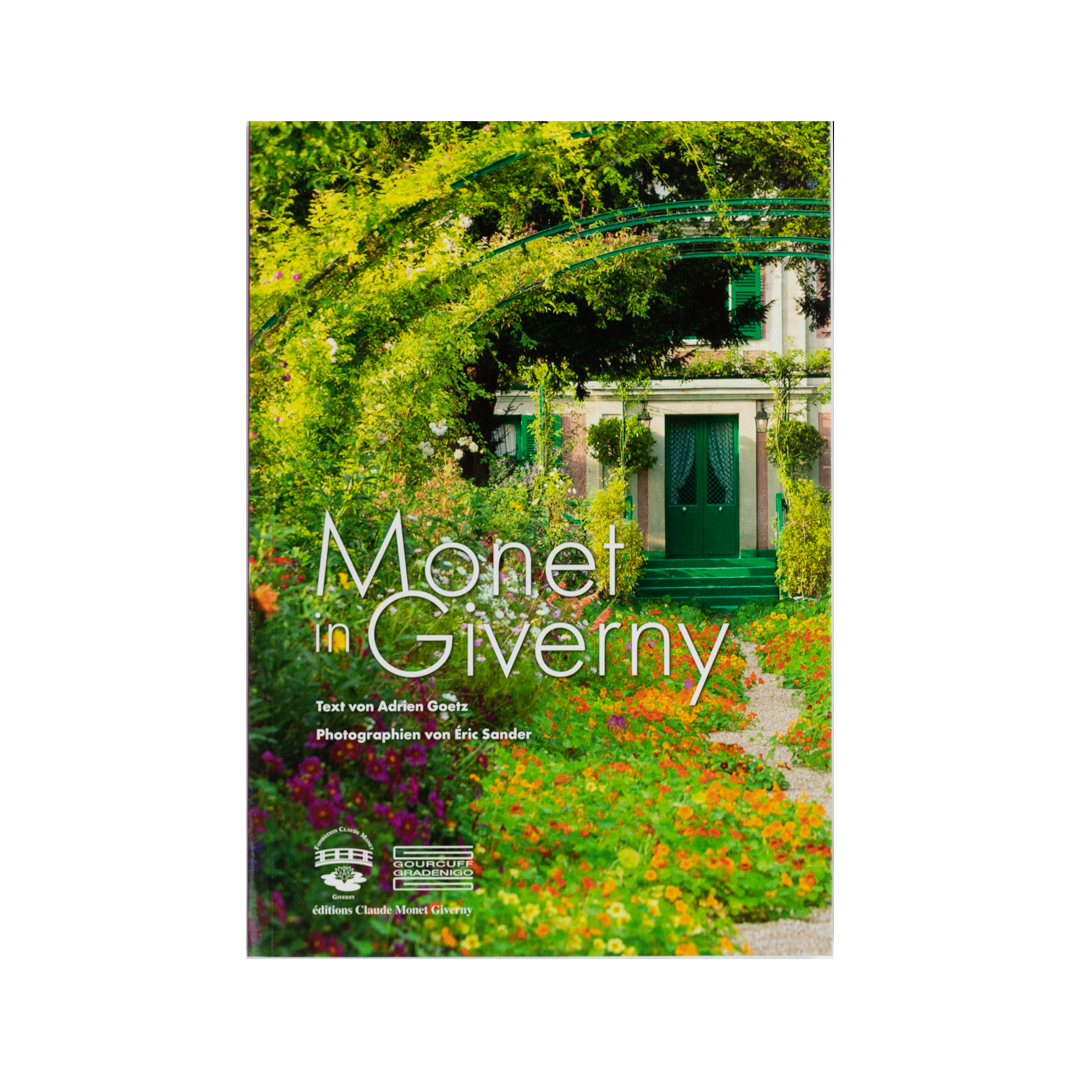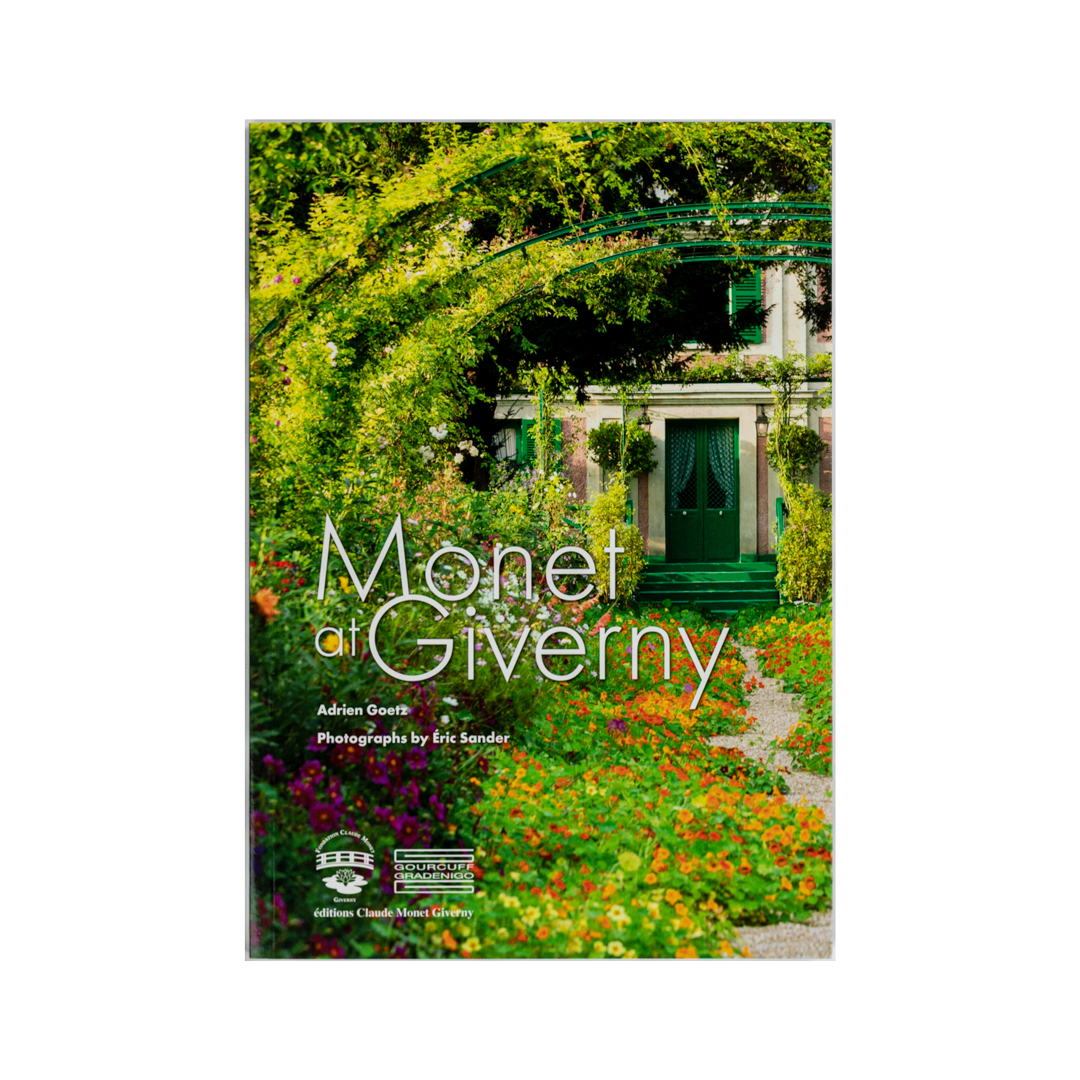Protégez et organisez vos documents avec élégance grâce à cette pochette à élastiques au motif doux et végétal Nymphéa Saule. Idéale pour ranger vos feuilles A4, dossiers, dessins ou notes, elle allie praticité et esthétique raffinée. Elle vous accompagnera facilement au bureau, à l’école ou à la maison. Sa fermeture par élastiques permet de maintenir vos papiers bien en place.
Exprimez toute votre créativité avec ce bloc de dessin A4 au design poétique "Effet du soir", spécialement conçu pour le crayon, pastel, sanguine et autres techniques sèches. Avec un papier de qualité 170 g/m², il offre une excellente tenue et un beau rendu des traits. Son format standard 21 x 29,7 x 1 cm et son poids de 458 g en font un support solide et agréable à utiliser, que vous soyez débutant ou artiste confirmé.
Apportez une touche de fraîcheur et de praticité à votre cuisine avec ce torchon éponge. Confectionné en 100% coton, il est à la fois doux, absorbant et résistant, idéal pour un usage quotidien. Ce torchon assure un excellent pouvoir d’absorption, parfait pour essuyer la vaisselle, les mains ou les surfaces. Son tissage éponge lui confère une efficacité et une durabilité remarquables.
Apportez une touche de fraîcheur et de praticité à votre cuisine avec ce torchon éponge. Confectionné en 100% coton, il est à la fois doux, absorbant et résistant, idéal pour un usage quotidien. Ce torchon assure un excellent pouvoir d’absorption, parfait pour essuyer la vaisselle, les mains ou les surfaces. Son tissage éponge lui confère une efficacité et une durabilité remarquables.
Le jour parait sur Giverny. Du haut de son moulin, une vieille dame veille, surveille. Le quotidien du village, les cars de touristes… Des silhouettes et des vies. Deux femmes, en particulier, se détachent : l’une, les yeux couleur nymphéa, rêve d’amour et d’évasion ; l’autre, onze ans, ne vit déjà que pour la peinture. Deux femmes qui vont se trouver au cœur d’un tourbillon orageux. Car dans le village de Monet, ou chacun est une énigme, ou chaque âme a son secret, des drames vont venir diluer les illusions et raviver les blessures du passé.
Apportez une touche de charme et de poésie à votre intérieur avec cette boîte sucrette en métal arborant le design Nymphéa Saule. Parfaite pour ranger vos petits trésors, sachets de thé, bonbons ou accessoires du quotidien. Avec sa petite taille, elle se glisse facilement dans un tiroir, une étagère ou sur un plan de travail, tout en apportant une note décorative douce et élégante.
Alliez protection et élégance avec cet étui à lunettes en métal au design raffiné "Effet du soir". À la fois léger et résistant, il protège efficacement vos lunettes contre les rayures et les chocs du quotidien. Avec son format pratique, il se glisse facilement dans un sac, une pochette ou une boîte à gants. Son motif subtil et poétique en fait un accessoire aussi fonctionnel que décoratif.
Claude Monet et Georges Clemenceau, c'est l'histoire de deux caractères volcaniques et intransigeants au service de deux aventures uniques : celle de l'Impressionnisme et celle de la République. Deux aventures qu'ils ont menées, l'un et l'autre, comme chefs de file. Contre les conservatismes et contre les conformismes. Monet imposant un mouvement esthétique que beaucoup, à juste titre, considèrent comme une nouvelle Renaissance. Française celle-là. Clemenceau bataillant pour asseoir la République sur des principes et des valeurs fondés sur la liberté intégrale de l'individu. L'amitié de combat de Clemenceau et de Monet s'est nourrie de deux lumières au service d'une certaine idée de la France : liberté de créer, liberté de vivre.
Offrez-vous un moment de créativité avec cette élégante boîte de 12 crayons de couleur au design raffiné Nymphéa Saule. Présentés dans un étui en métal, ces crayons allient qualité, douceur de trait et esthétique poétique. Parfaite pour les amateurs de dessin, les passionnés de coloriage ou comme idée cadeau, cette boîte compacte se glisse facilement dans un sac ou un tiroir d’artiste.
Planifiez votre année en toute élégance avec ce calendrier 2026 en anglais, au format pratique. Léger et facile à emporter, il est idéal pour le bureau, la maison ou les déplacements. Conçu pour une organisation claire et efficace, ce calendrier vous permet de visualiser chaque mois d’un coup d’œil
Laissez libre cours à vos pensées, idées et projets dans ce carnet de notes A5 au très joli motif Nymphéa Saule. Doté d’une fermeture par élastique, il garde vos pages bien protégées, que ce soit à la maison, au bureau ou en déplacement. Avec ses dimensions pratiques, ce carnet est parfait pour l’écriture quotidienne, les prises de notes ou les inspirations créatives. Son format A5 allie confort d’écriture et facilité de transport.
Alliez style et fonctionnalité avec ce grand sac en coton au motif poétique Nymphéa Saule. Avec ses dimensions généreuses de 38 x 44 cm et sa conception 100% coton, il est idéal pour vos courses, sorties, week-ends ou moments créatifs. Léger mais robuste, ce sac allie élégance naturelle et grande capacité de rangement. Son imprimé délicat apporte une touche artistique à votre quotidien.
Chaque étape de la production est réalisée à la main par du personnel hautement qualifié. Les figurines sont décorées et peintes à la main avec professionnalisme et un amour du détail tout particulier. L'artisant se met au service de l'Art et l'Art vient à la rencontre de l'artisanant. Chaque figurine se transforme ainsi en une véritable pièce unique. La signature du contrôle qualité que le label qualité garantissent un produit irréprochable.
Le magnet pour discuter avec un personnage historique Scanner le QR code Poser vos question En Français, anglais, allemand, italien et espagnol.
Nymphéas, Effet du soir 1897 Nymphéas, 1916-1919 Impression, soleil levant, 1872 Nymphéas, 1914-1917 Vallée de Sasso, effet de soleil, 1884 Berthe Morisot, le jardin de Bougival, 1884 En plastique
Adrien Goetz Fotografie di Eric Sander Editions Claude Monet Giverny / Gourcuff Gradenigo ISBN: 978-2-35340-286-1 95 pages Monet a Giverny è l'uoma innamorato della campagna che ha creato, assieme alla sua famiglia, un contesto di vita ideale e protetto, ma è anche l'artista maledetto,infine riconosciuto, che espone alle pareti opere importanti che raccontano la sua vita. Adrien Goetz ci guida nella sua dimora e attraverso i giardini che Monet ha concepito come una vera e propria opera d'arte, dove immagina la serie delle Ninfee, una delle opere maggiori e primigenie dell'arte del XX secolo.
Editions du Chêne Texts by Claire Joyes Foreword by Joël Robuchon Photographs by Jean-Bernard Naudin ISBN: 301-000012-811-3 190 pages Claude Monet and his wife Alice settled permanently in Giverny in 1883, with their eight children. Many of his friends, including Clemenceau, Renoir and Cézanne, went there for lunch. The painter always endeavoured to create a harmonious living environment in his home, in the image of his paintings, and to offer his guests food of the highest quality. This is reflected in his recipe notebooks.
Garde les liquides froids pendant 24 heures et les liquides chaud pendant 12 heures Bouteille en acier inoxydable a double paroi est garantie sans BPA et peur contenir 500 ml de liquide. Ne pas mettre au lave-vaisselle Ne pas mettre au micro-ondes Ne pas mettre au congélateur
The ‘Paris 1874: the Impressionist Moment’ exhibition tracing the origins of the artistic movement left Musée d’Orsay on 14 July to move to the National Gallery of Art in Washington, where it reopens on 8 September. We chat with Sylvie Patry, one of the two exhibition curators.
Claude Monet’s gardens change their look in May. Deputy head gardener Rémi Lecoutre walks us through the particularities, constraints and wonderful surprises delivered by this transitional phase...
Historian and art critic Philippe Piguet, grandson of Claude Monet’s step daughter, will give a lecture in the artist’s house on 18 April, on the topic of the invention of impressionism in 1874. Enjoy a taste of what is to come...
Claude Monet’s house and gardens in Giverny will reopen to the public on 29 March 2024. Head gardener Jean-Marie Avisard gives us a quick recap of what’s been happening.
Géraldine Lefebvre, a Doctor of Art History and 19th century specialist, has taken up the post of museum director at MuMa (André-Malreaux museum of modern art) in Le Havre. Being a fan of Claude Monet, she enthusiastically and aptly chats with us about the impressionist movement
Claude Monet's collection of Japanese woodblock prints numbers over two hundred. Preserved in his house at Giverny and displayed in the famous dining room with its panelling in shades of yellow - wich regular visitors so loved - it reflects not only Monet's love of line and colour, but also his curiosity and passion for these prints, for their quality and for the conditions of their printing and publication. Editions Claude Monet Giverny - Gourcuff Gradenigo Geneviève Aitken - Marianne Delafond - ISBN 978-2-35340-380-6
500 ml - bouteille isotherme en acier inoxydable - Conserve une boisson chaude pendant 12 heures et une boisson fraiche pendant 24 heures - sans BPA
Welcome to these ever-changing gardens, where each season brings its own set of floral wonders. Get ready to be transported back in time as you explore the fascinating evolution of the flowers that inhabit this enchanting landscape.
Nature blends with culture in this veritable paradise of plants. Be swept up in the enchantment as you enjoy a stroll among trees that each have their own story to tell.
This veritable floral paradise is brimming with botanical treasures. Every step takes you deeper into this symphony of vegetation, where flowers are the stars of a breathtaking show.
Monet was always fascinated by the light interplays and cloud reflections on the water. His many artworks painted on his floating studio, in Argenteuil or on Dutch canals, illustrate his fascination for the upside-down reflections in those liquid mirrors. In 1893, he acquired land at the bottom of Clos Normand, on the other side of the train tracks, and diverted the Ru, a small branch of the River Epte. The pond created by this diversion would become the water garden that features on the picture rails of the world’s greatest museums.
When Monet moved to Giverny, the long pink render house had a 1-hectare garden comprising an apple orchard and a kitchen garden. A central path lined with cypress and spruce
Monet moved to Giverny in 1883. He worked tirelessly to transform the neglected estate into the floral masterpiece that inspired many of his greatest artworks.
Edition Limitée Longueur 26 cm Diamètre du cadran 4 cm Largeur du bracelet 2 cm Bracelet textile
You cannot mention Giverny without instantly thinking of water lilies. These freshwater flowering plants come from the Nymphaeaceae family and Claude Monet kept that Latin name in reference to the water creatures, nymphs, rather than using the standard French word ‘nénuphars’. With their white, red and pink colours and changing reflections on the water’s surface, water lilies were Monet’s final great pictorial passion.
Orange, red or yellow: nasturtiums come in warm colours that evoke their native South America and their family, Tropaeolaceae.
The summer perennial agapanthus, or ‘flower of love’ in Greek, is large and tall with stems that can reach over a metre high. Featuring blue and white flowers that form beautiful spheres, agapanthus love sunshine and hate the cold.
Claude Monet lived at his home in Giverny from 1883 to 1926, a total of forty-three years. As passionate about gardening as he was about color, he conceived his flower and water gardens as works of art in themselves. Walking through his garden and home, visitors can still feel the atmosphere that reigned in the master of Impressionism, and marvel at the flower compositions and water lilies that were his most fertile sources of inspiration.
While all of Monet’s artworks at Giverny have been moved to Musée Marmottan Monet, fans of art will be happy to know they can still see the artist’s collection of Japanese prints.
As you step inside Monet’s house, imagine it bustling with a stampede of eight children and Claude Monet’s trips between his studio and garden, the atmosphere in the kitchen from early morning when the vegetables arrived fresh from the kitchen garden, people coming home from the market, and friends arriving from Paris.
The Claude Monet’s House and Gardens - Giverny gift and book store is located in the large water lilies studio. In that 300 sqm space, a range of 2,500 items relating to Claude Monet’s artworks and gardens are available for visitors to purchase.
Claude Monet lived in his Giverny house for 43 years, from 1883 to 1926. As passionate about gardening as he was about colours, he designed his flower and water gardens as veritable artworks. Visitors wandering around his garden and house can still experience the atmosphere that reigned when the master of impressionism lived there and can marvel at the floral compositions and water lilies that were Monet’s most fertile sources of inspiration.
HOUSE AND GARDENS OF CLAUDE MONET – GIVERNY 84 Rue Claude Monet 27620 Giverny Tel : 02 32 51 28 21 Mail : contact@fondation-monet.com Siret number : 18004404200141 APE Code
Publisher : You are currently connected to the official website of Claude Monet’s house and gardens – Giverny, 84, rue Claude Monet 27620 Giverny Publishing director: Hugues R. GALL Site
La collection d'estampes japonaises constituée par Claude Monet réunit plus de deux cents gravures. Elles sont conservées dans la maison du peintre à Giverny et présentées notamment dans le fameuse salle à manger aux lambris jaune pâle et moulures jaune vif qui plaisait tant aux habitués de la maison. Il s'agit d'un ensemble réuni par l'artiste selon des critères picturaux qui reflètent l'homme épris de lignes et de couleurs mais également un esprit curieux et passionné, soucieux de la qualité des épreuves, de l'état et du tirage. La collection est variée et comprend pour moitié des pièces célèbres d'Utamaro, Hokusai et Hiroshige mais également des œuvres plus rares de Eiri et Eisho ou Sharaku. Geneviève Aitken - Marianne Delafond Editions Claude Monet - Giverny / Gourcuff Gragenigo 175 pages ISBN: 978-2-35340-361-5
Dimensions: long 13,5 cm Poids: Cuillère 14 g avec boîte 32 g
Sac avec pochette 100 % polyester Dimensions: Pochette 12,5 x 12 cm H 41 x Larg 49 cm
The gates of Claude Monet’s house and gardens closed at dusk on 1 November for the traditional winter break. Our visitors have only just left but already our green-thumbed gardeners are rolling up their sleeves. Let’s take a look...
This year the painting that launched the impressionist movement, ‘Impression, sunrise’, is celebrating its 150th anniversary. What a great opportunity to look back on the history of this iconic seascape and jewel in the crown of the Marmottan Monet* Museum’s collections...
Seasoned horticulturist Claude Monet had a greenhouse built beside his second studio during his first few years of living at Giverny. Let’s take a look behind the scenes!
It wasn’t instant love at first sight for Claude Monet and water lilies. Read about how the artist came across the iconic aquatic plants that became his obsession and inspired more than 250 artworks...
29 April 1883. Claude Monet moved to Giverny with his family. How did this born-and-bred Parisian, who carried his easel to countless different lighting landscapes, stumble across this little slice of paradise hidden in the Eure region’s hinterland?
February 1892. Claude Monet arrives for a stay in Rouen, at 31 Place de la Cathédrale. From his window he can admire the tall, majestic Gothic building. It is love at first sight for the artist...
Monet's Garden at Giverny : Rescue and Restoration Editions Claude Monet Giverny Text by Valerie Bougaukt with Nicole Boschung ISBN 978 - 2 - 35340 - 335 - 6 When Gérald Van Der Kemp arrived at Giverny in 1974, he was greeted by a desolate prospect of dead trees, muddy quagmires and tangled thickets of brambles and weeds. Monet's sadly neglected house and garden, bequeathed by his son Michel Monet to theAcadémie des Beaux-Arts, offered a challenge to which Gérald Van Der Kemp, formerly the chief curator of the Palace of Versailles, was to prove more than equal. With the aid of head gardener Gilbert Vahé, he replaced the dead trees, cleared the overgrown flowerbds, rebuilt the Japanese bridge and widened the paths, ready to welcome the visitors who now flock to Monet's garden.
De Gilbert Vahé 287 pages - Ouvrage Rélié Imprimé sur papier mat 150 g Nombre d'illustrations: environ 130 Coédition : Maison et jardins Claude Monet-Giverny - Gourcuff/Gradenigo Texte de Valérie Bougault avec la collaboration de Nicole Boschung C'est l'histoire de cette seconde vie offerte aux jardins du peintre des Nymphéas que racone ce livre. Il témoigne ainsi d'un travail magistral mené pendant plus de quarante ans pour reconstituer ces espaces clefs de l'inspiration de l'artiste, grâce à de nombreuses photographies, documents et archives. Arbres morts, marécages, ronces et mauvaises herbes : voici ce que découvre Gérald Van der Kemp à son arrivée à Giverny en 1974. Suite au décès de Michel Monet, la propriété du peintre et la collection qu'elle abrite sont léguées à l'Académie des beaux-arts. La maison en triste état est confiée à Gérald Van der Kemp, ancien conservateur en chef du Château de Versailles, qui trouve ici un nouveau défi à sa mesure. Avec l'aide du chef jardinier Gilbert Vahé, les arbres morts sont remplacés, les parterres débarrassés des mauvaises herbes, le pont japonais est reconstitué et les allées élargies pour pouvoir accueillir visiteurs et curieux qui sont, encore aujourd'hui, si nombreux à venir découvrir le domaine de Monet, continuellement fleuri d'avril à novembre. L'ensemble des parterres est replanté à partir de documents d'archives et de la correspondance de Claude Monet avec ses fournisseurs.
Pour autant d'invention, pour autant de générosité, pour toutes ces belles et bonnes recettes, pour ces précieux carnets, témoins d'un authentique passé gourmand, pour cet art de vivre quotidien,Merci à vous, Claude Monet.
Parapluie automatique "Nymphéas saules" Ouverture : 90 cm
Trousse bleu - Maison de Claude Monet Couleur : Bleu Outremer Avec fermeture éclair noir 100% coton Lavable à 40 ° Fabrication Française
Sac tissu bleu outre mer - Maison de Claude Monet Couleur : Bleu Outremer 100% coton Lavable à 40 ° Fabrication Française.
Linnea in Monet's Garden Christina Björk & Lena Anderson Sourcebooks Jabberwocky 46 pages
Linnea has been in Paris. And she has visited the painter Claude Monet's garden! She even stood on the same little Japanese bridge that Monet painted so often in his pictures. In Paris, Linnea got to see many of the real paintings. Now she can understand what it means to be called an Impressionist, and she knows a lot about Monet's life in the pink house where he lived with his eight children.
Through this detailed exploration of the works that Monet chose to hang in his drawing room-studio and his bedroom at Giverny, Sylvie Patin, General Curator at the Musée d'Orsay and Corresponding Member of the Institut de France, invites us inside this « design for living » created by Monet himself. In these private spaces, he lived his daily life surrounded by the works of his friends, a ditinguished group of outstandin artists including Boudin, Jonking, Manet, Renoir, Berthe Morisot, Caillebotte, Pissarro, Sisley, Degas, Cézanne and Signac. From this perceptive account there emerges a compelling portrait of the father of Impressionism, with all the generosity of his tastes, the warmth of his friendships, and the strenght of his exceptional character.
Grâce à l'étude du salon-atelier et de la chambre de Giverny, Sylvie Patin, Conservateur général au musée d'Orsay et correspondant de l'Institut, nous introduit dans ce «décor d'existence» créé par le peintre qui y vivait entouré de ses toiles et des œuvres de ses amis : Boudin, Jongking, Manet, Renoir, Berthe Morisot, Caillebotte, Pissarro, Sisley, Degas, Cézanneet Signac. Elle dessine ainsi un portrait de Monet avec les traits de caractère illustrant cette personnalité d'exception.



 Disponible en Anglais, Allemand, Français et Japonais
Disponible en Anglais, Allemand, Français et Japonais
 Sous-titré en Anglais
Jardins Secrets à Giverny. Secrets d'histoire dresse le portrait de l'homme qui se cache derrière le célèbre peintre Claude Monet. Père de l'impressionnisme, amoureux des femmes et obsédé par la lumière de l'instant présent, sa vie est à son image: aussi tumultueuse que colorée. Entre Giverny, Etretat et Venise, Secrets d'Histoire vous invite à découvrir des lieux qui ont marqué le destin de ce génie de la lumière.
Sous-titré en Anglais
Jardins Secrets à Giverny. Secrets d'histoire dresse le portrait de l'homme qui se cache derrière le célèbre peintre Claude Monet. Père de l'impressionnisme, amoureux des femmes et obsédé par la lumière de l'instant présent, sa vie est à son image: aussi tumultueuse que colorée. Entre Giverny, Etretat et Venise, Secrets d'Histoire vous invite à découvrir des lieux qui ont marqué le destin de ce génie de la lumière.



 Disponible en Anglais, Allemand, Français et Japonais
Disponible en Anglais, Allemand, Français et Japonais



 Disponible en Anglais, Allemand, Français et Japonais
Disponible en Anglais, Allemand, Français et Japonais


